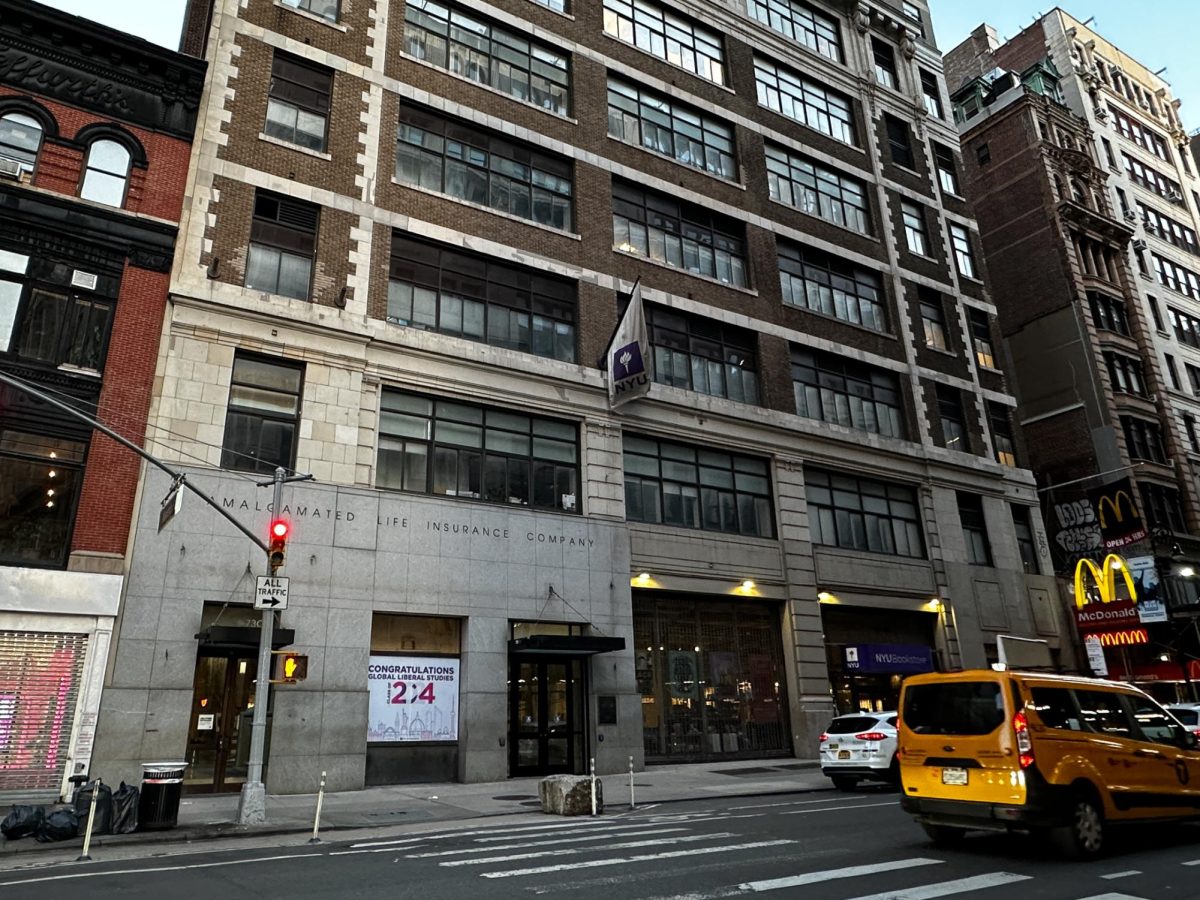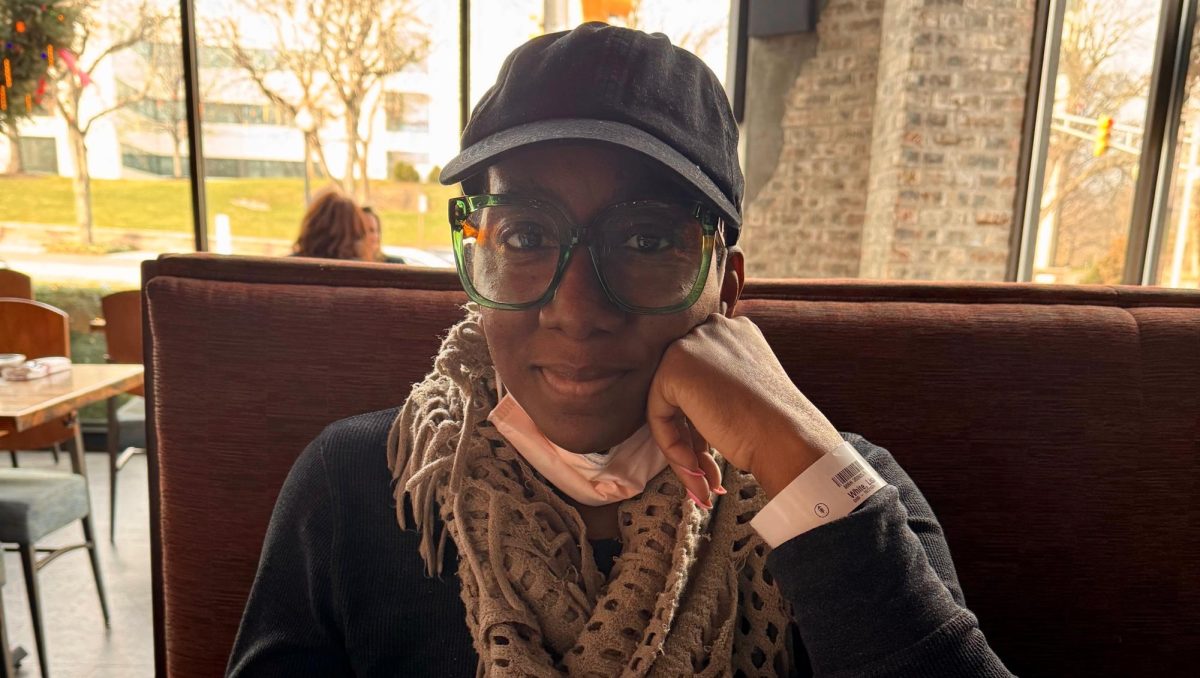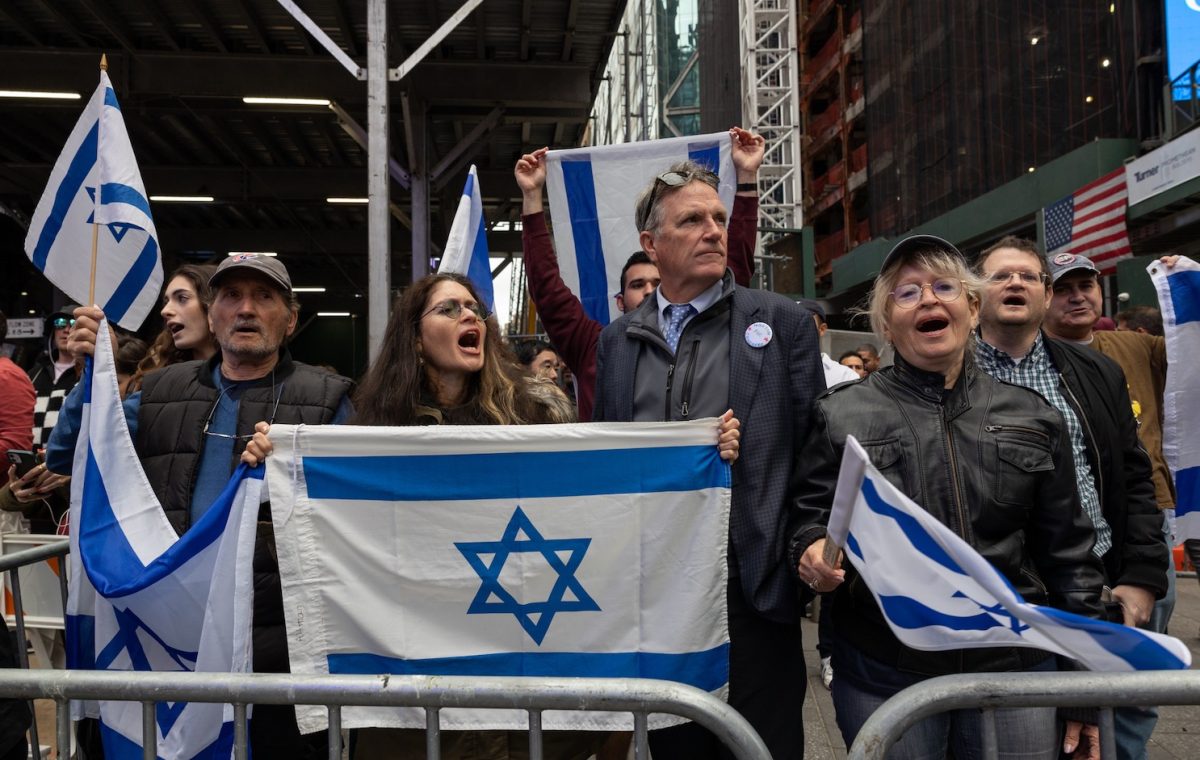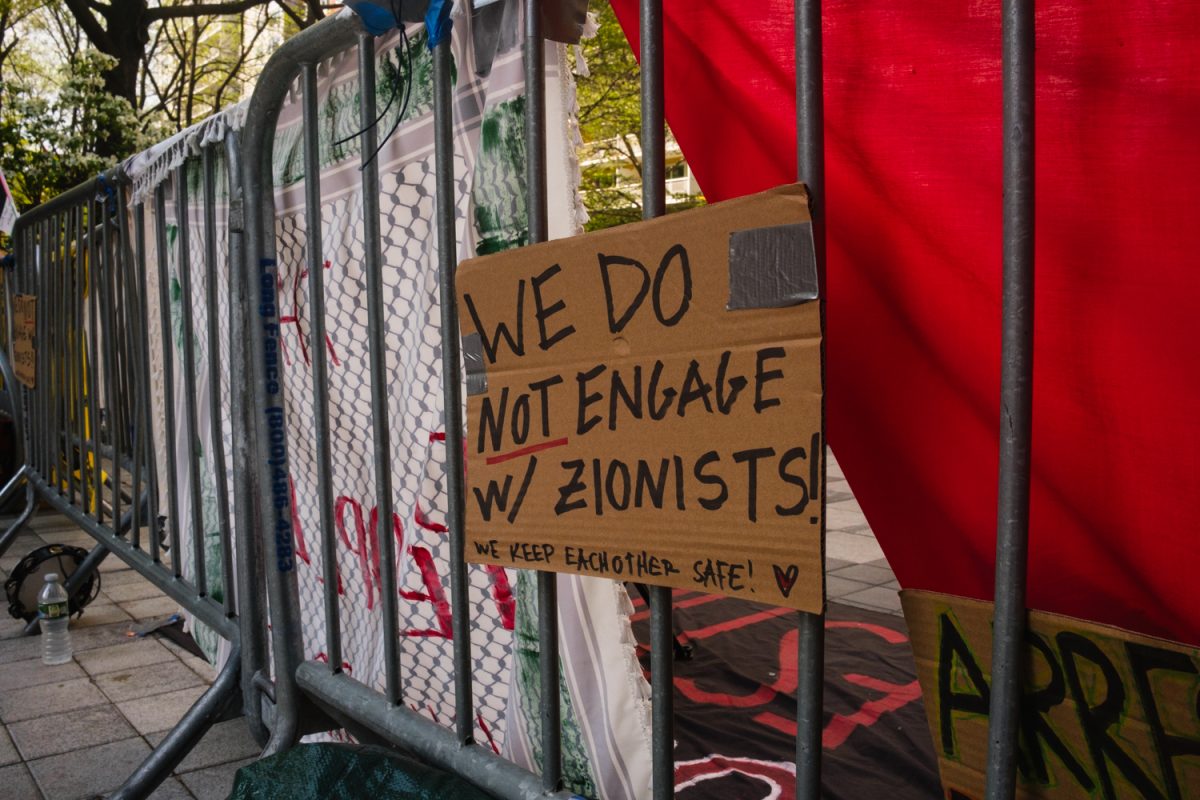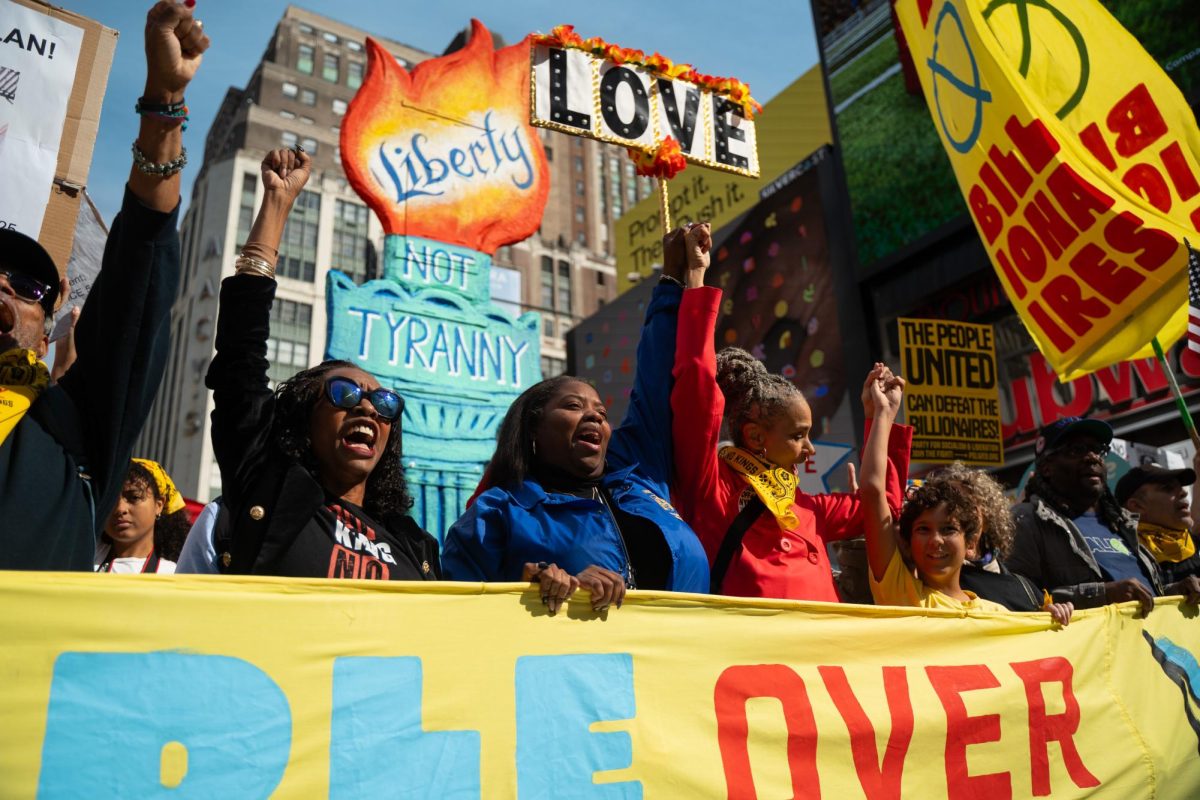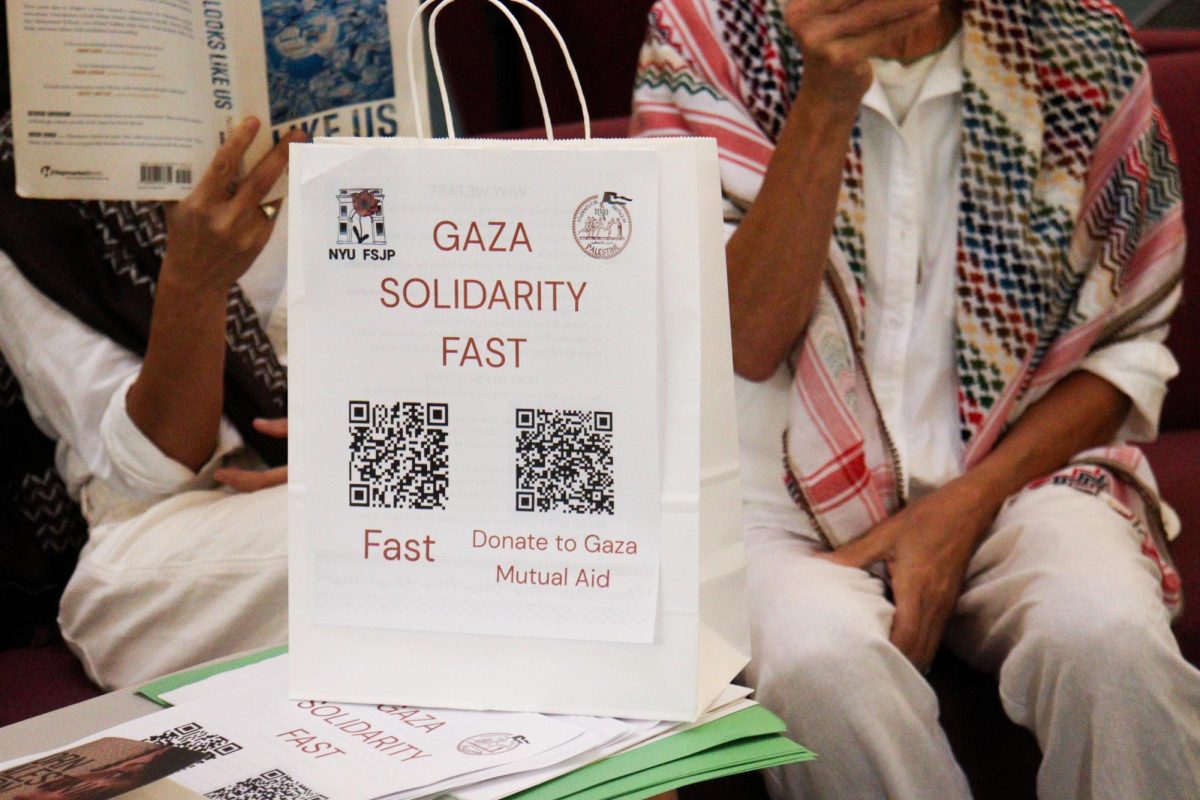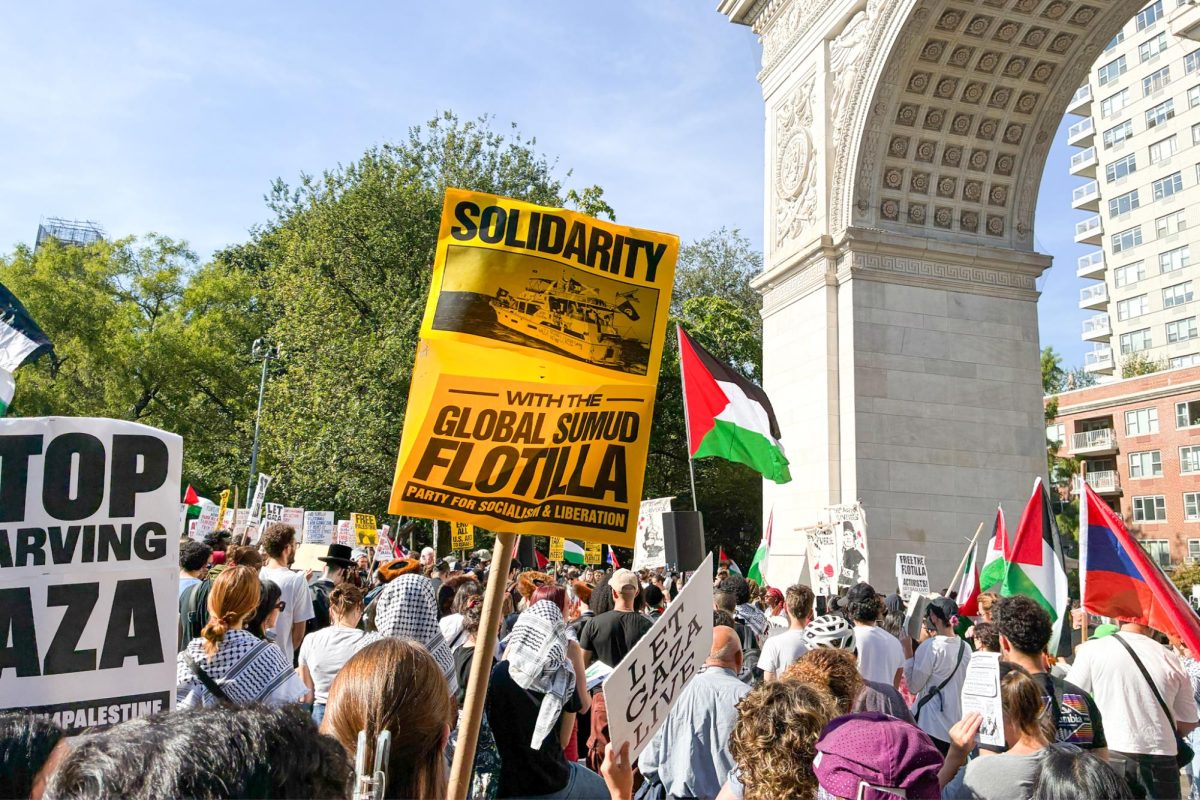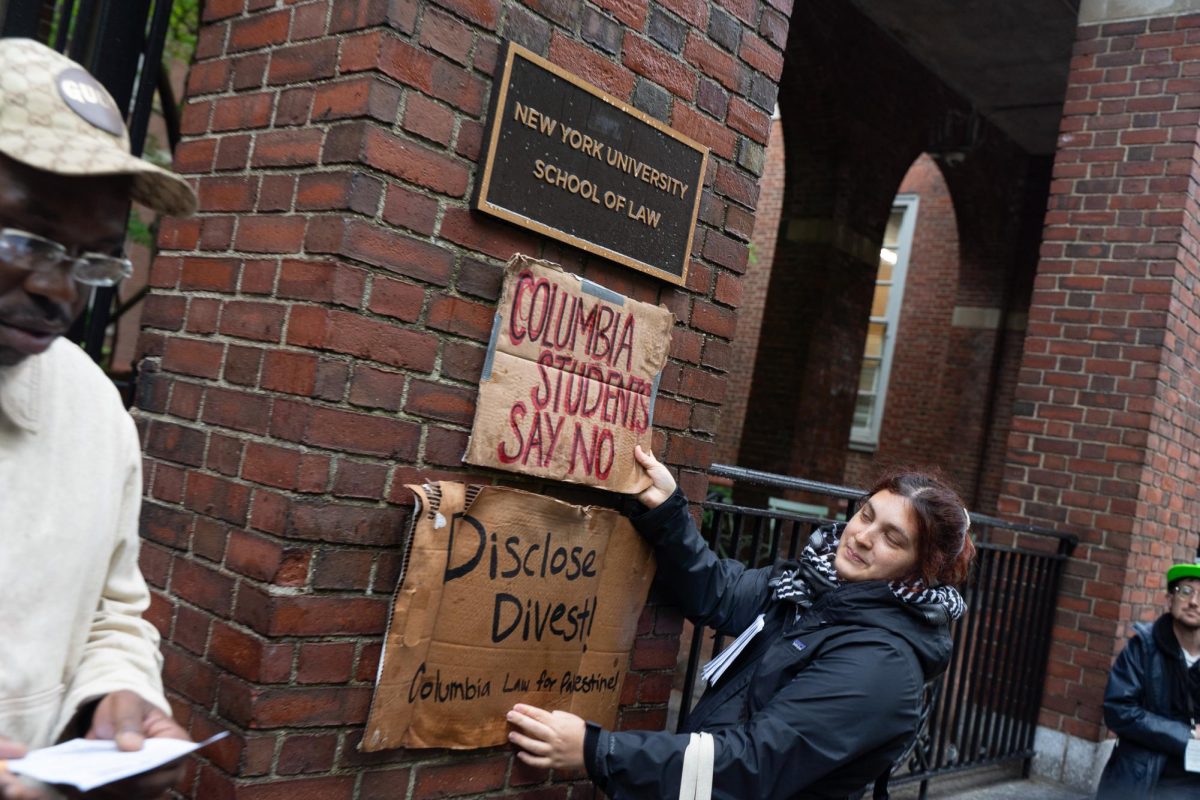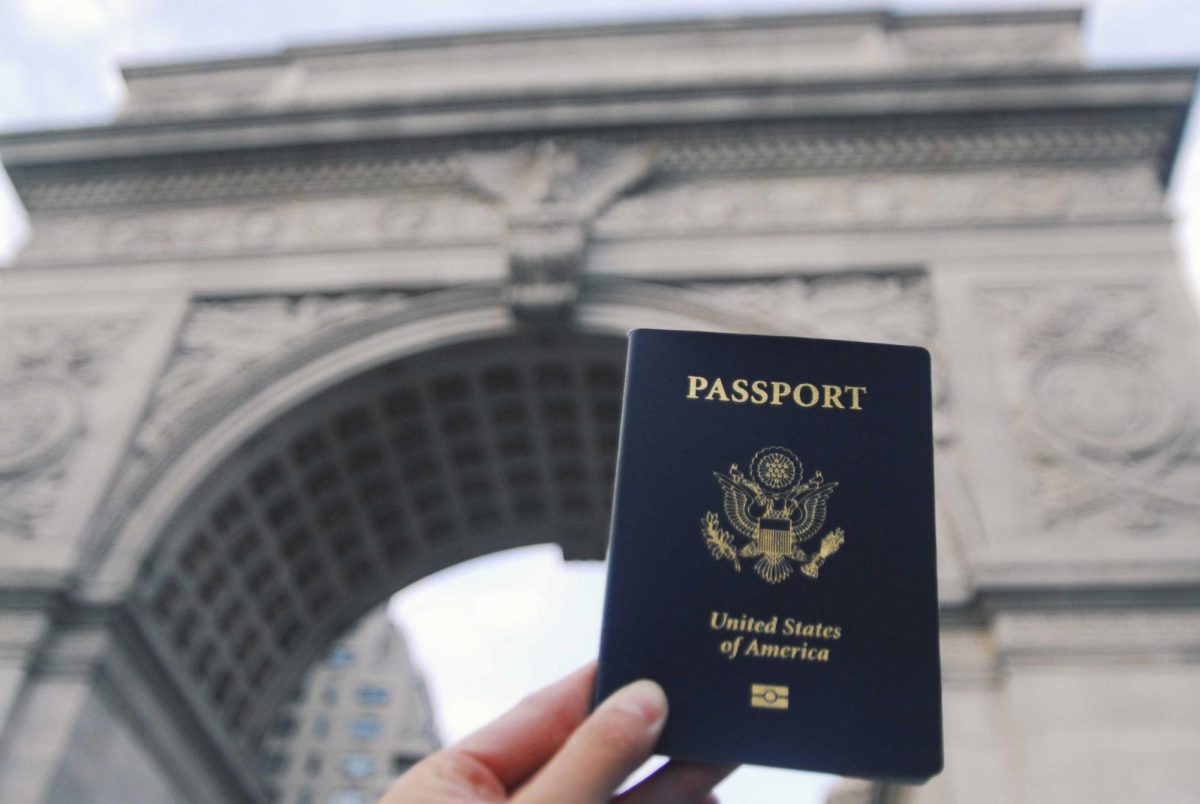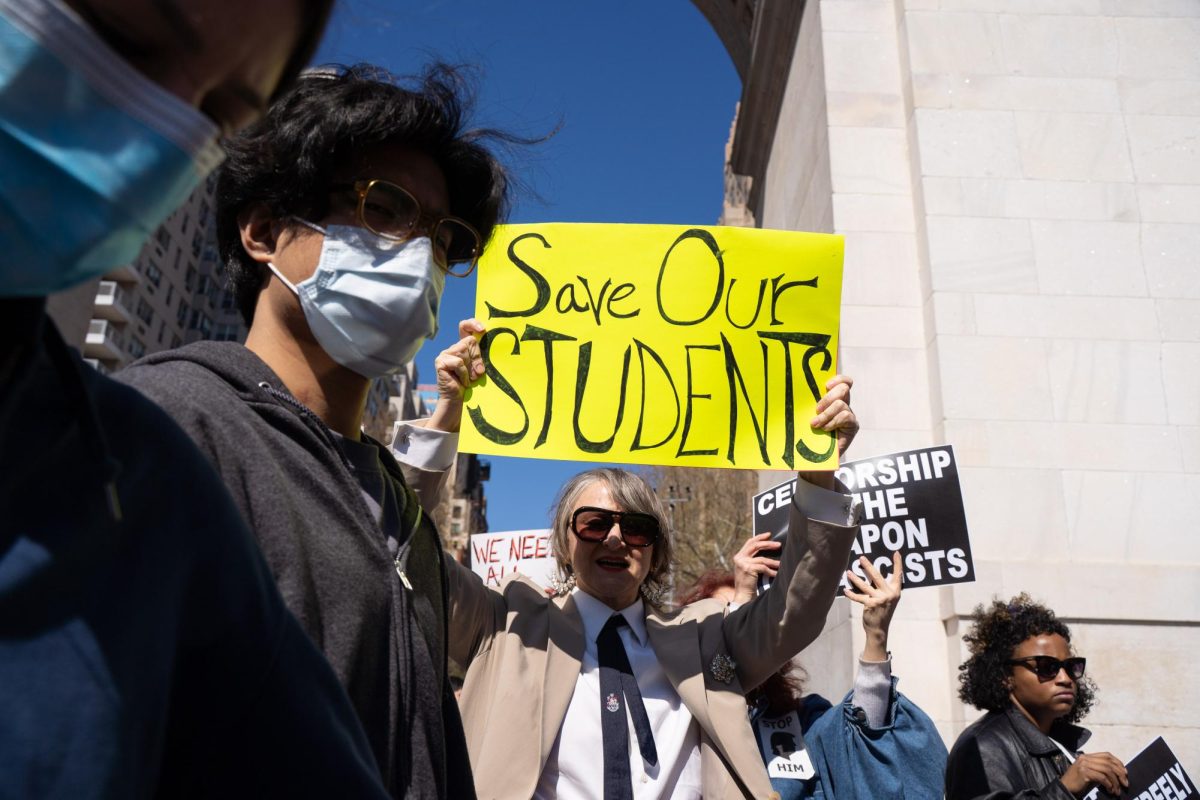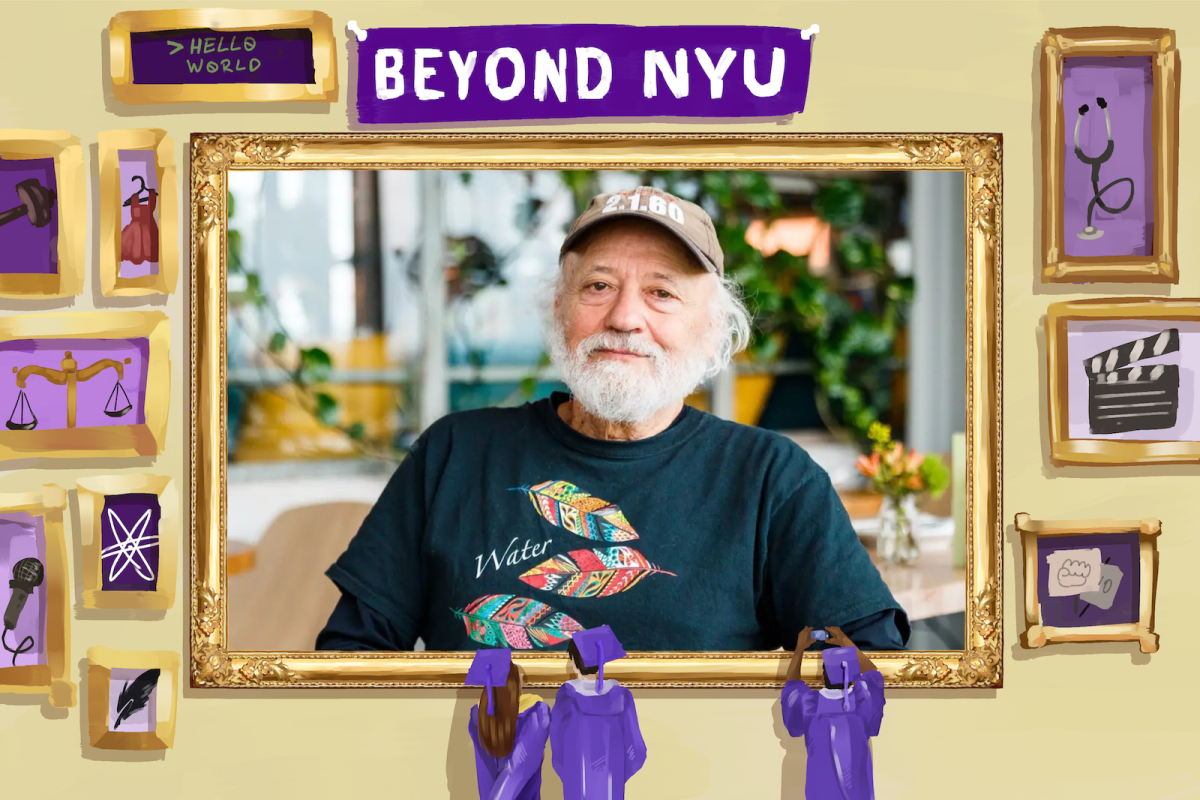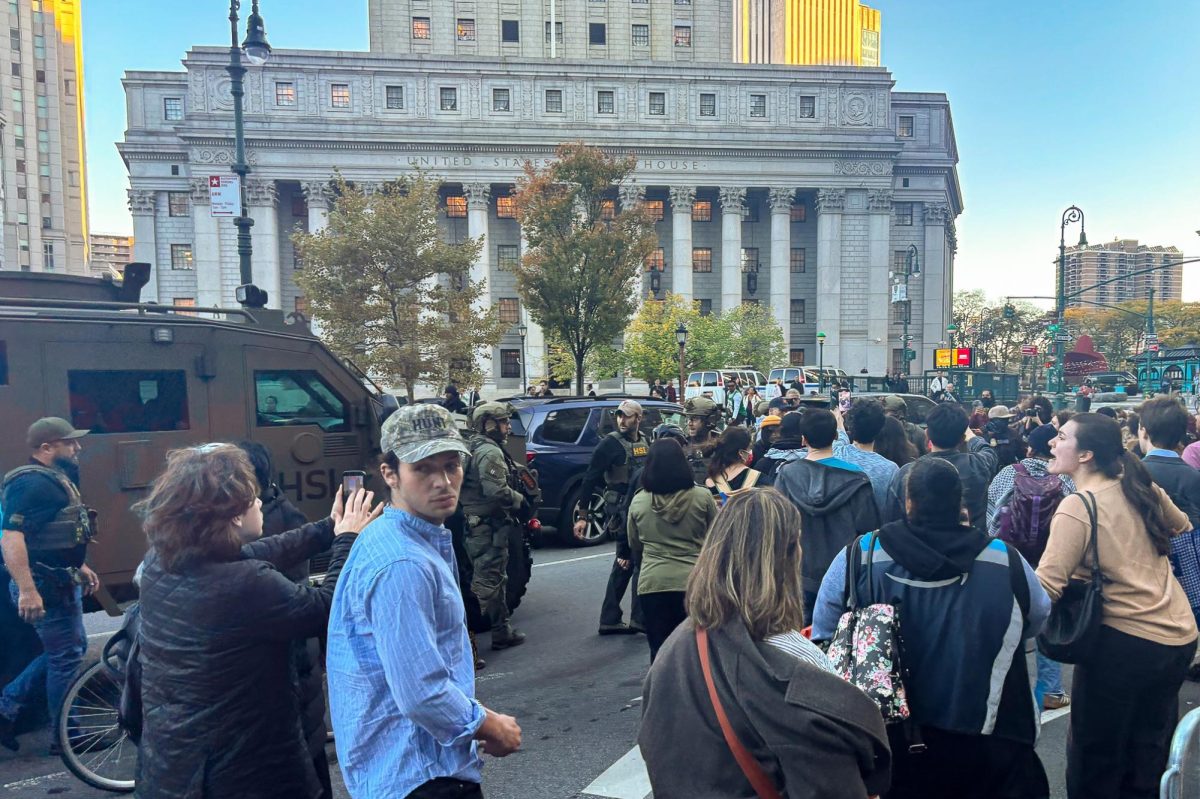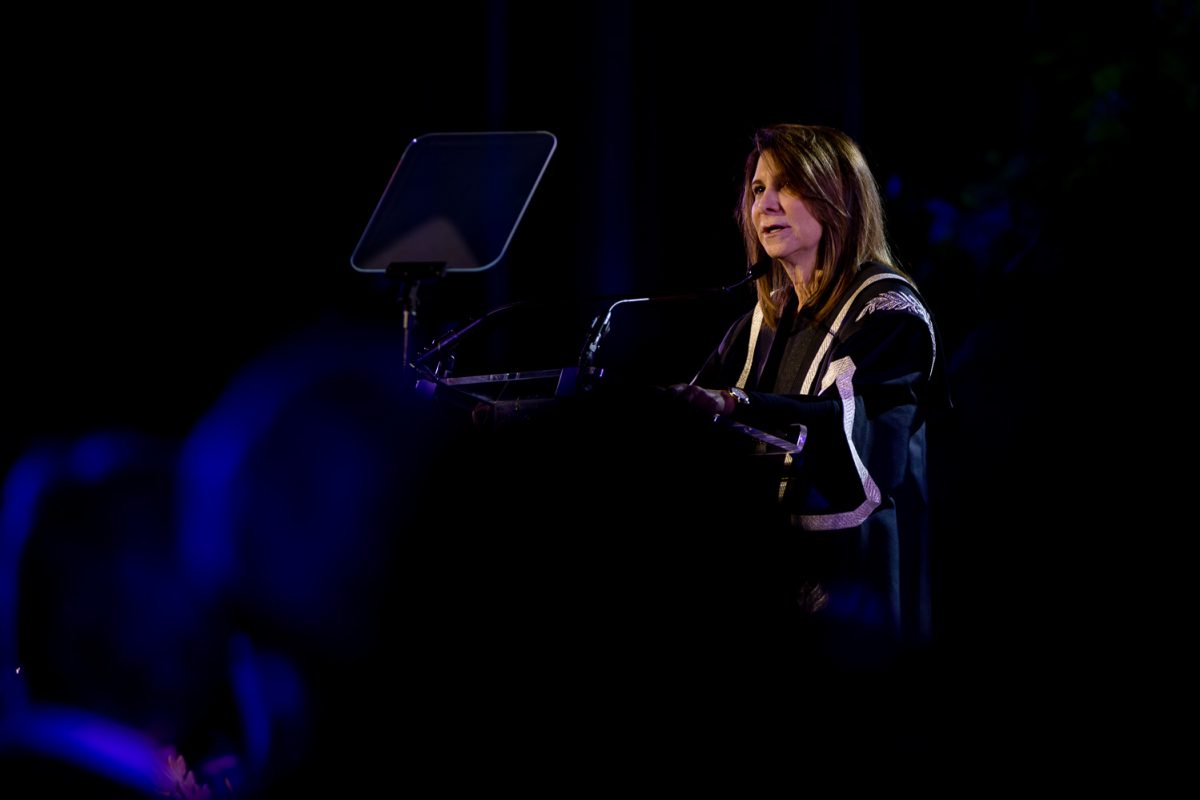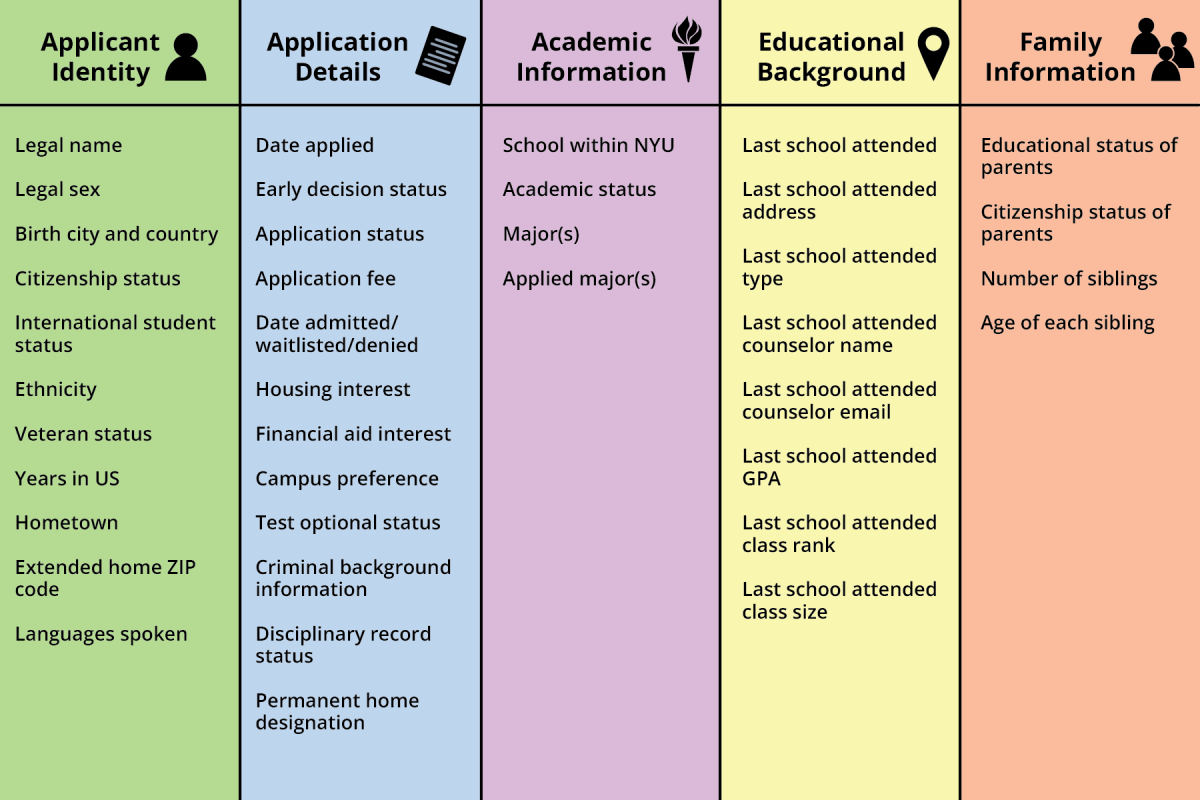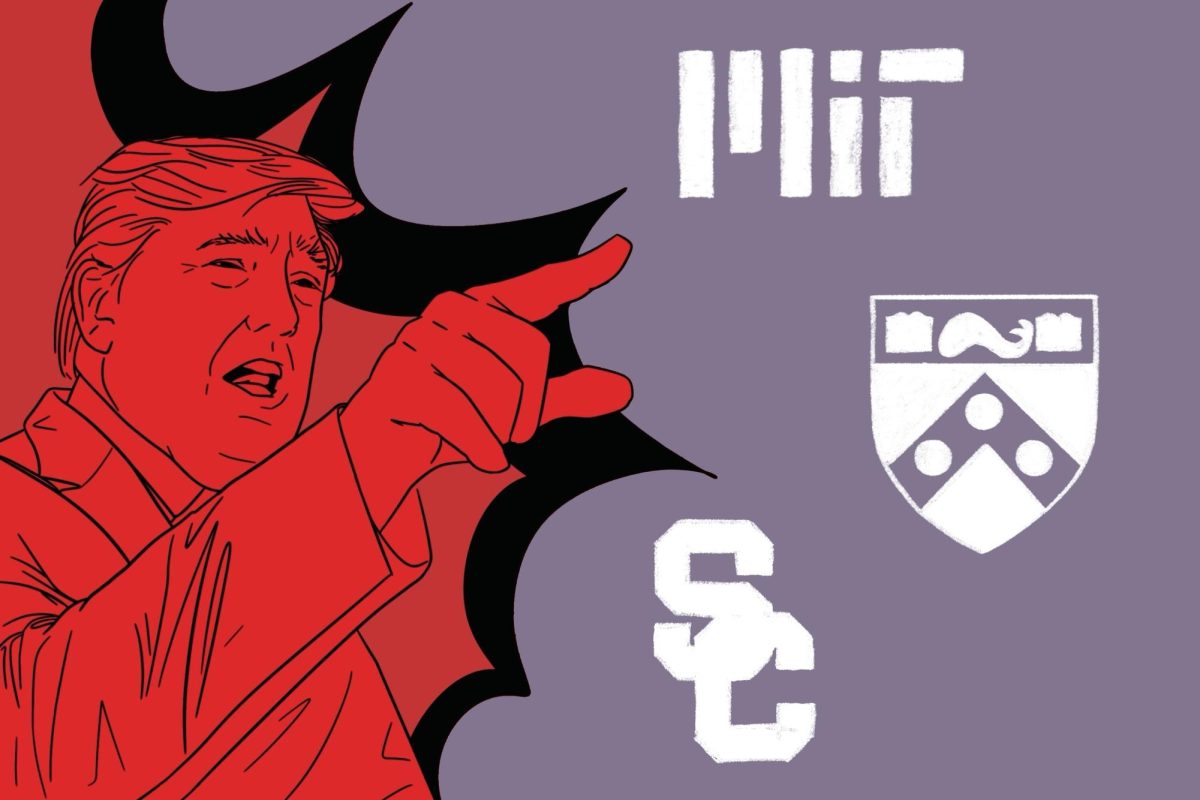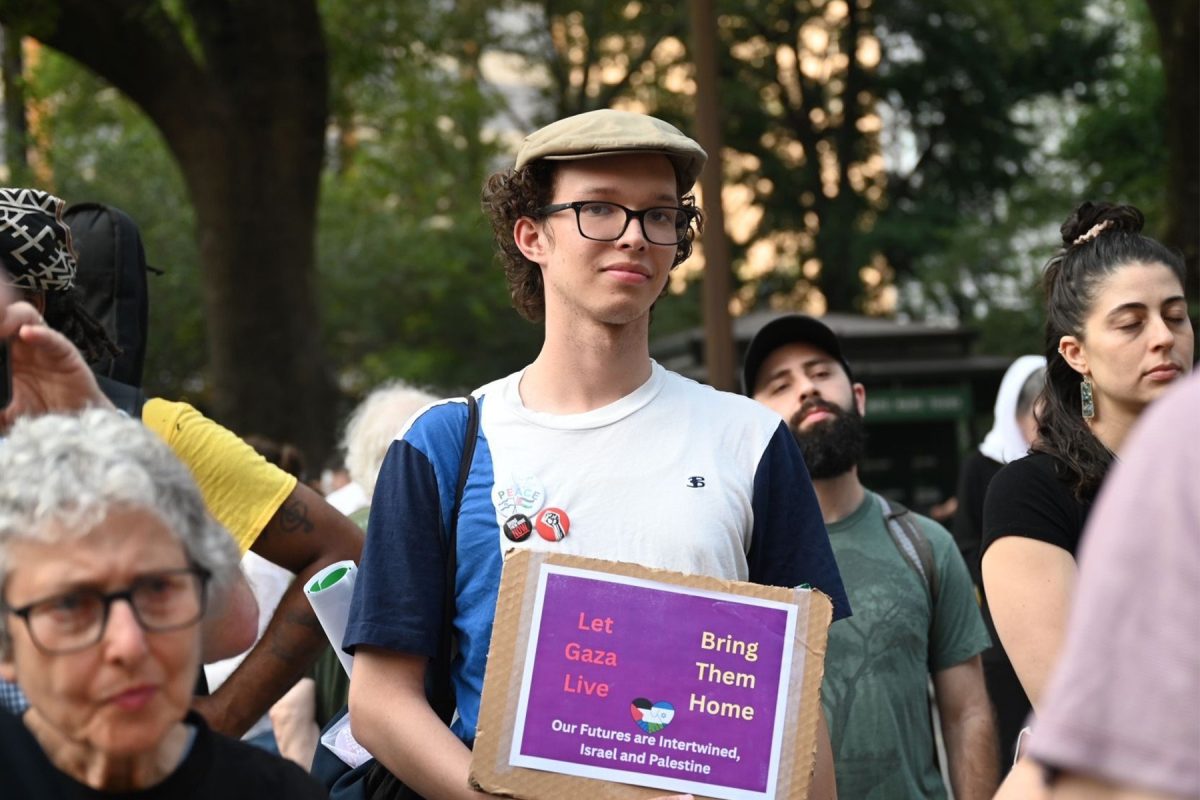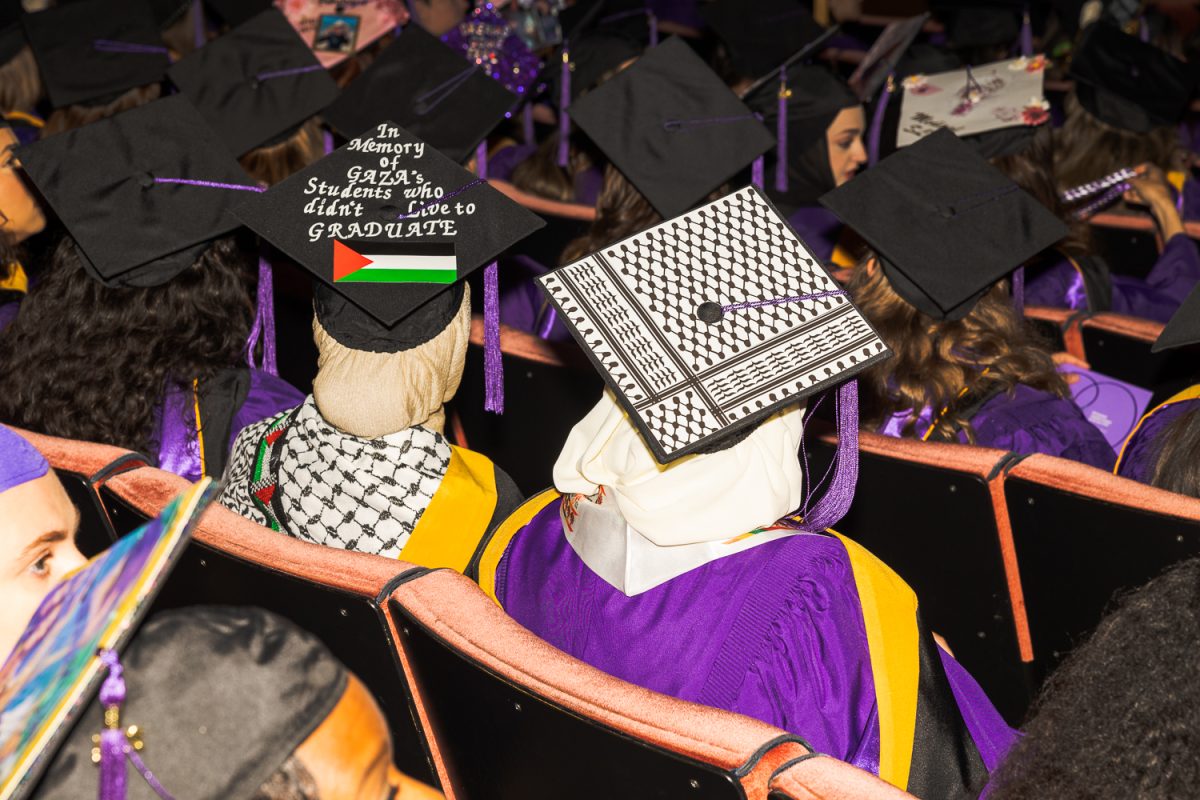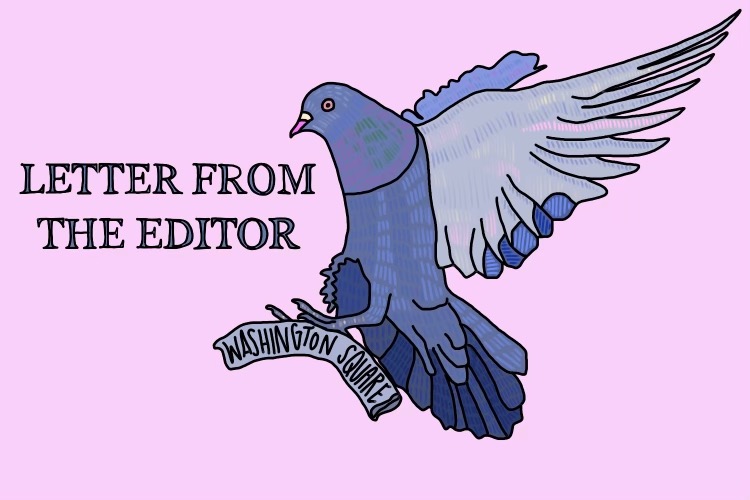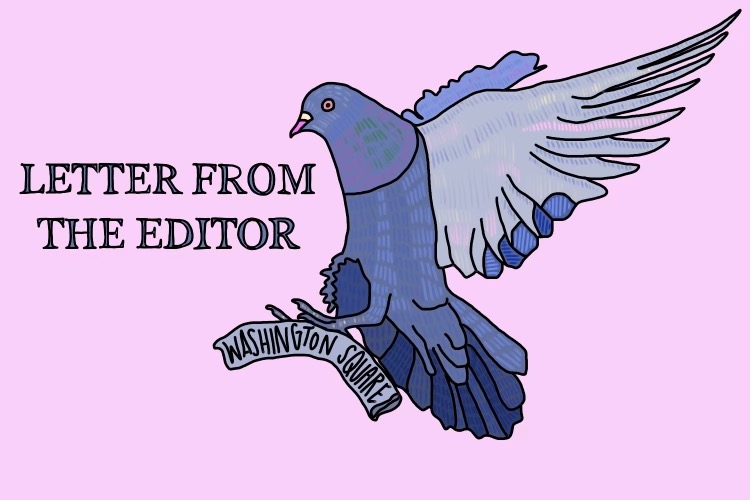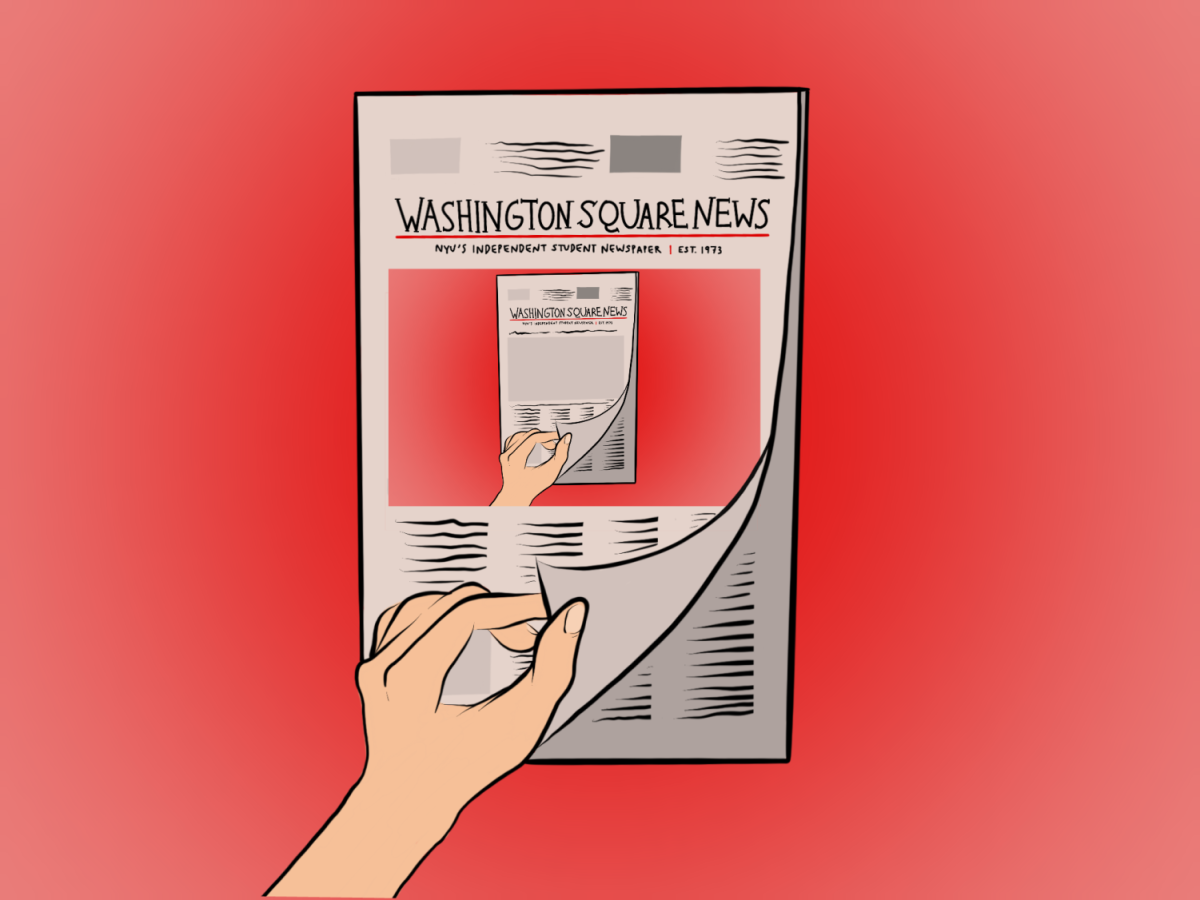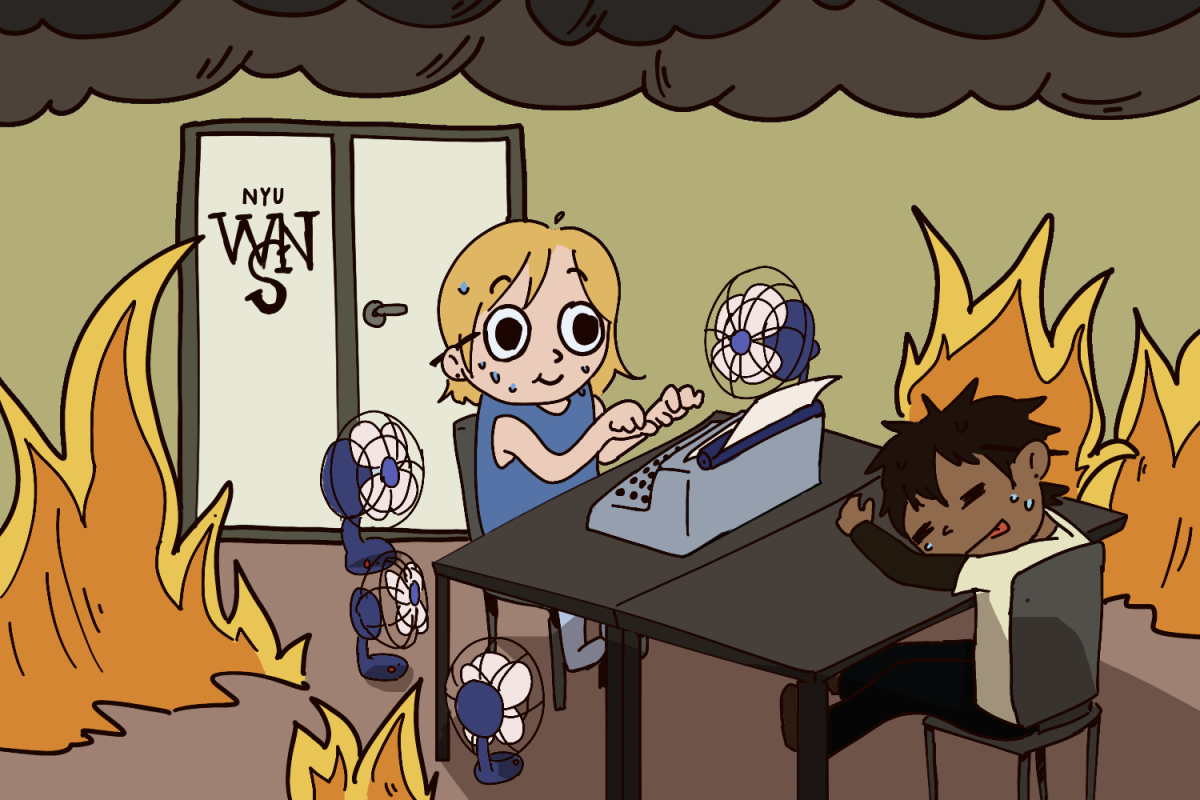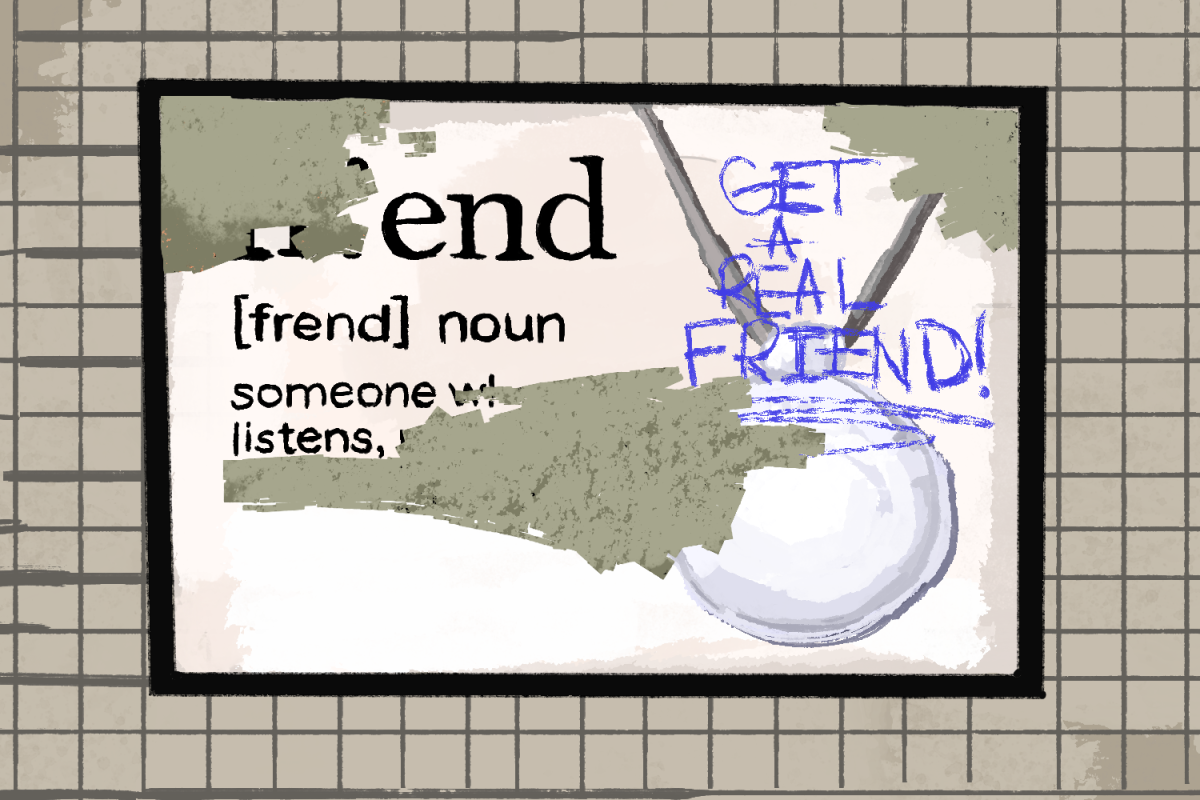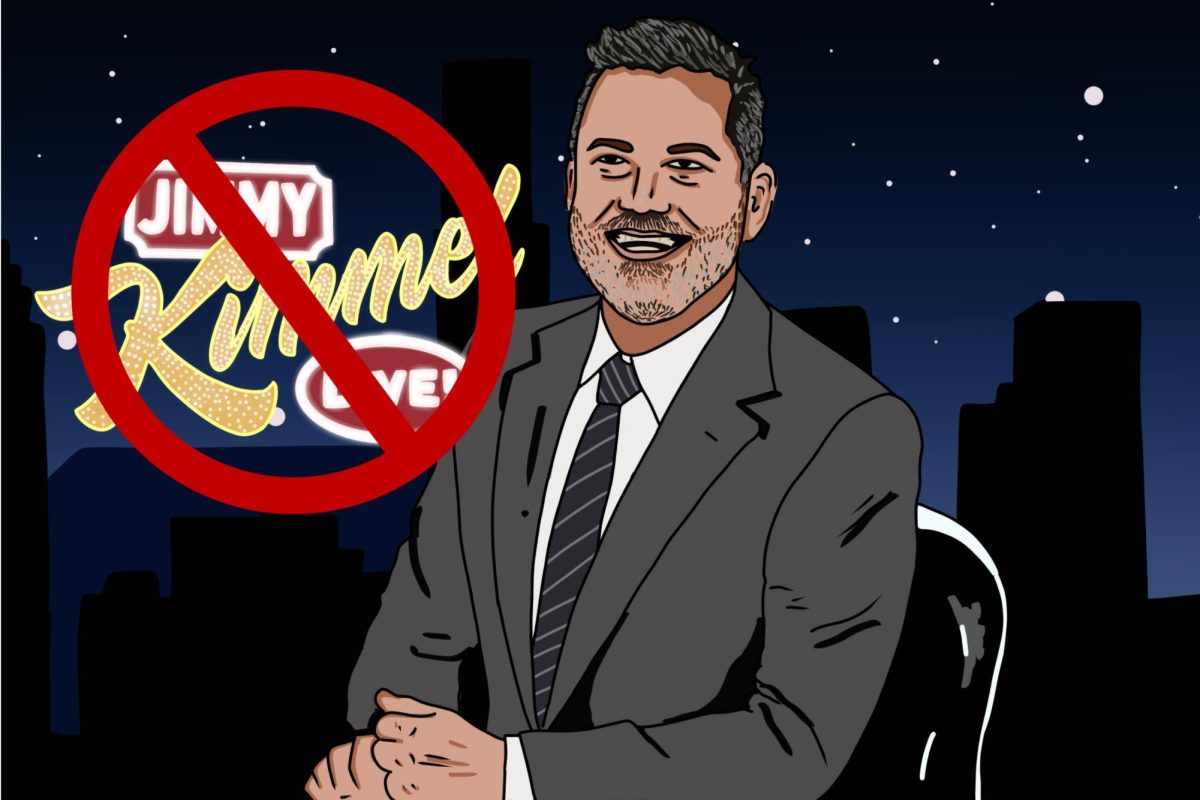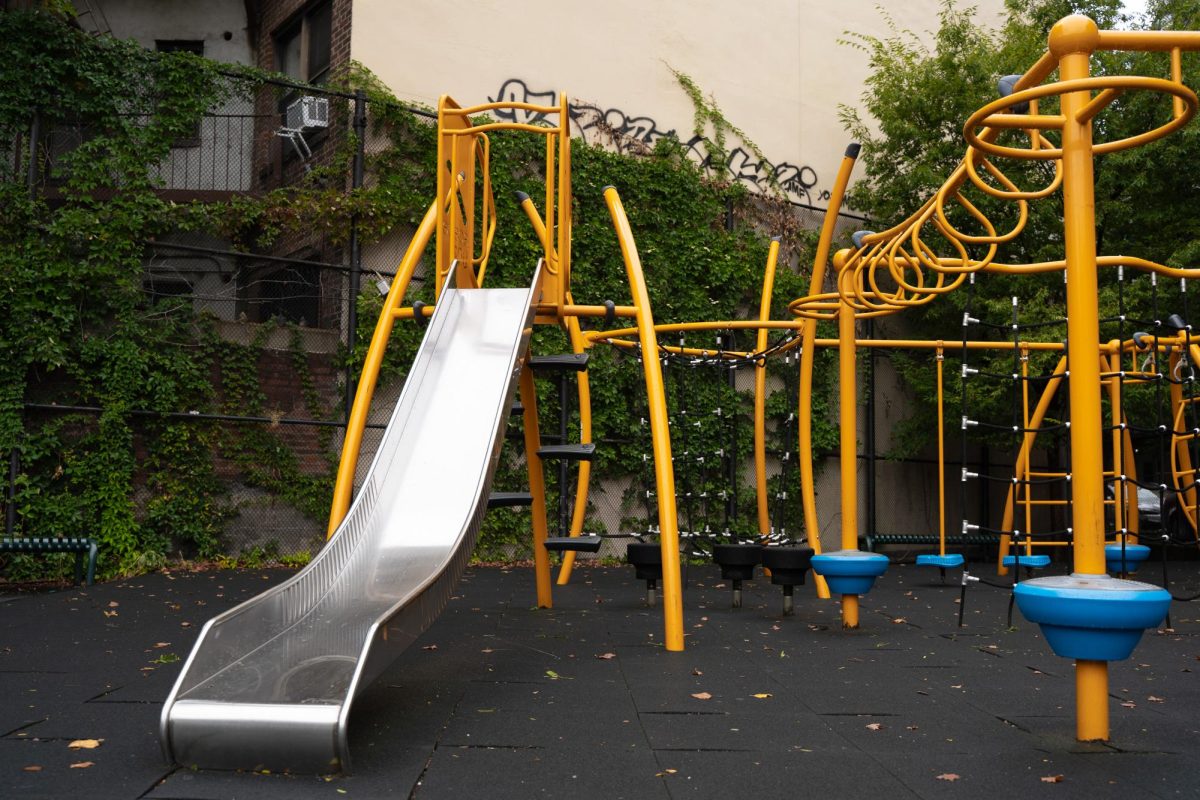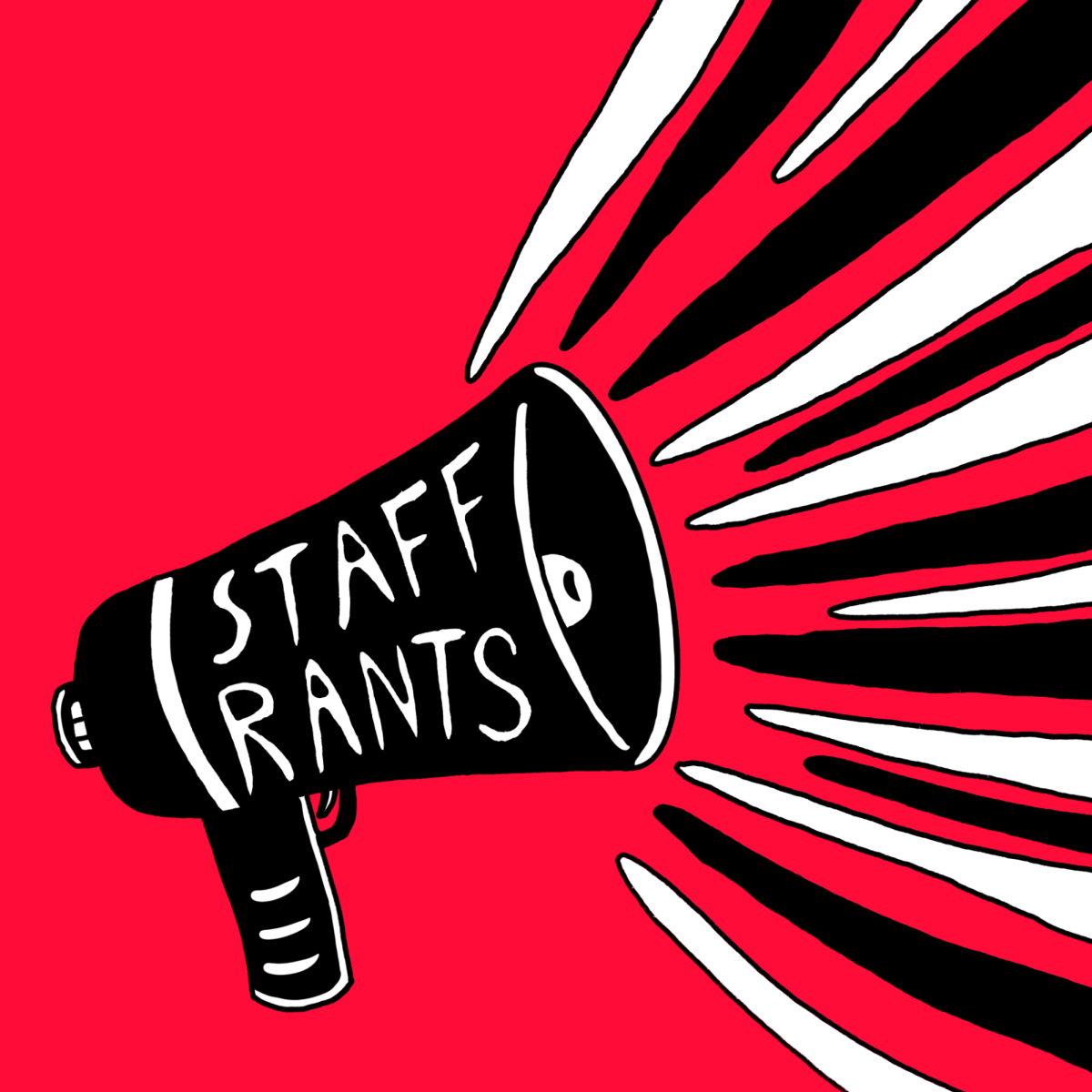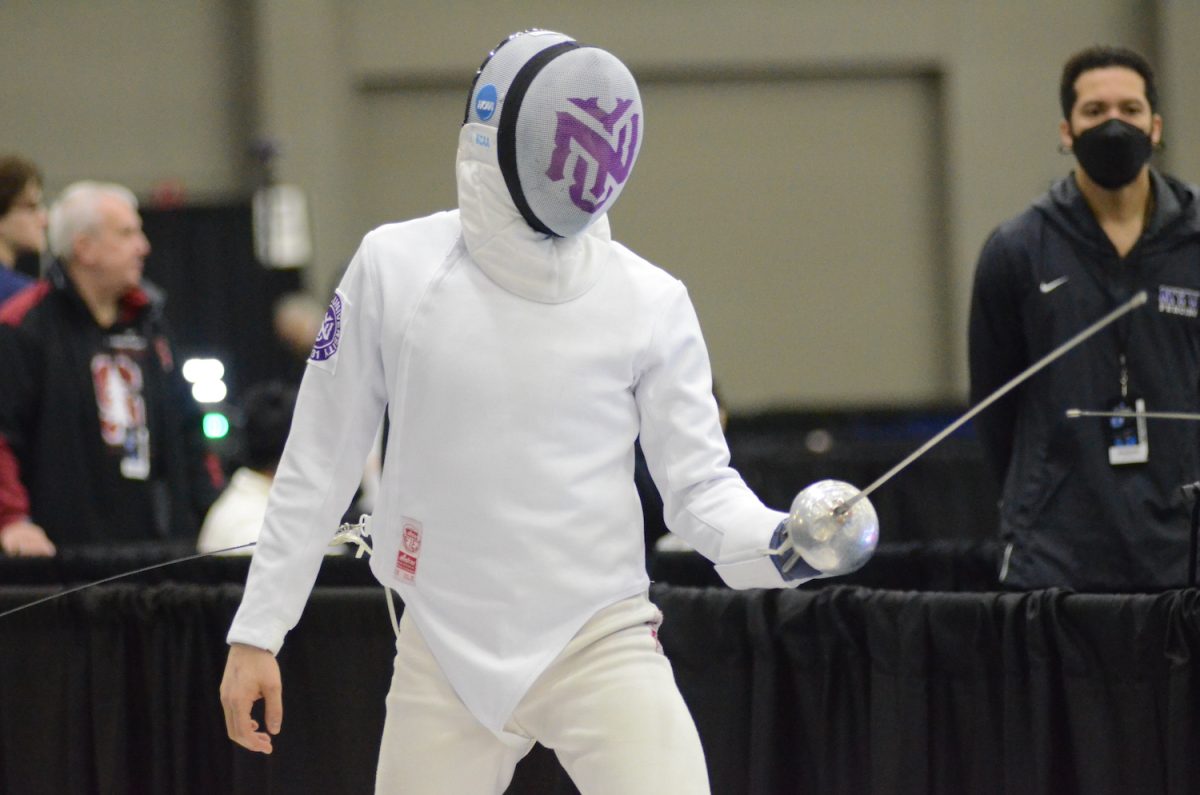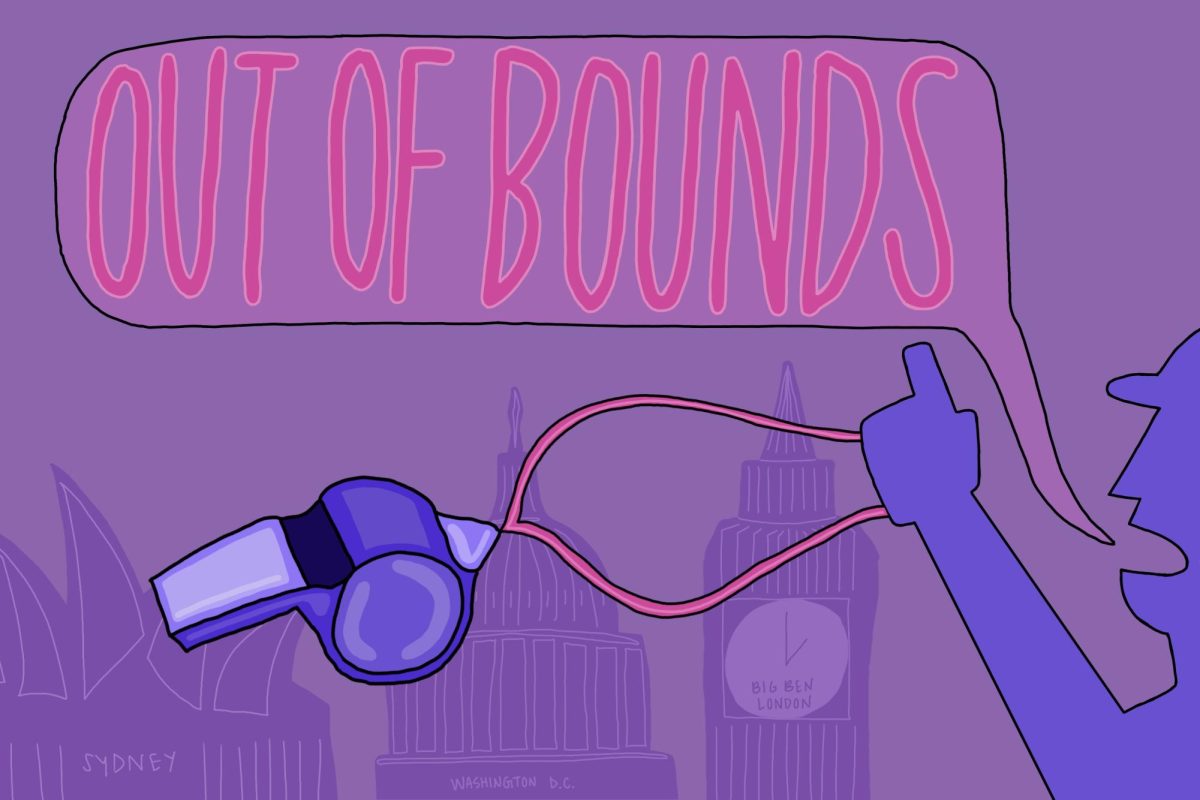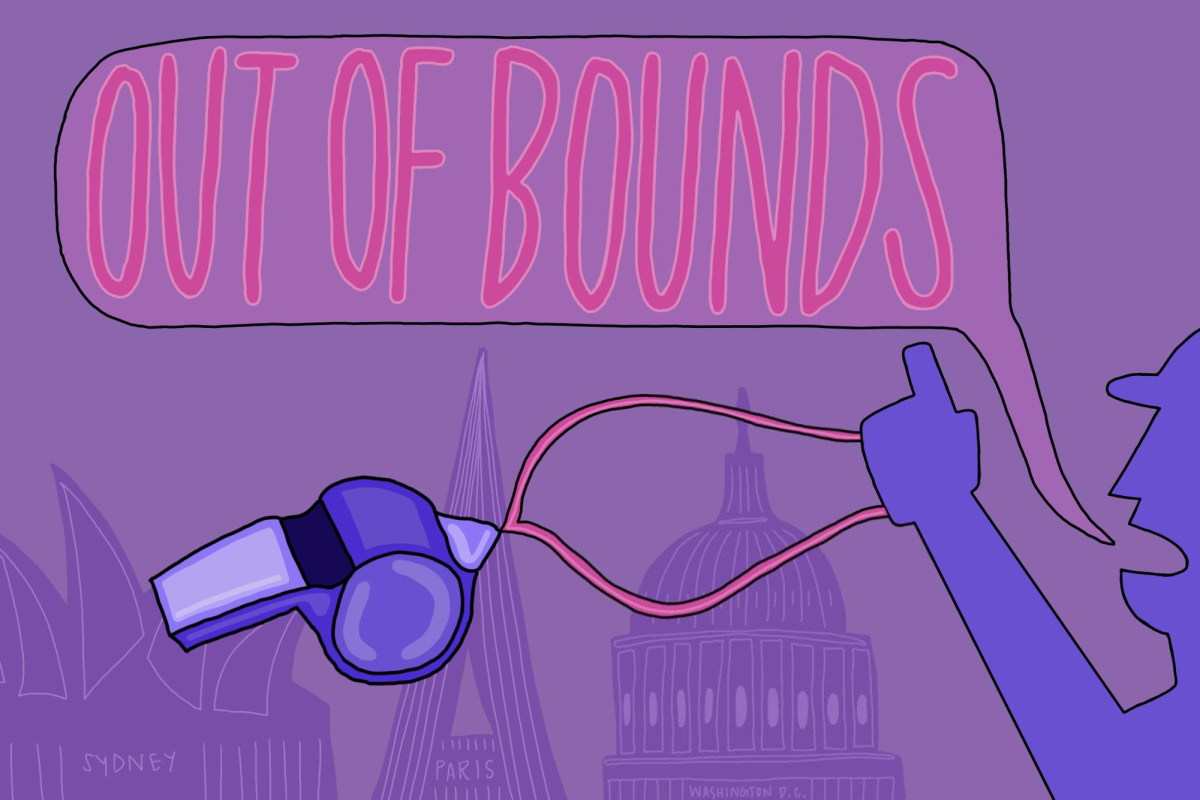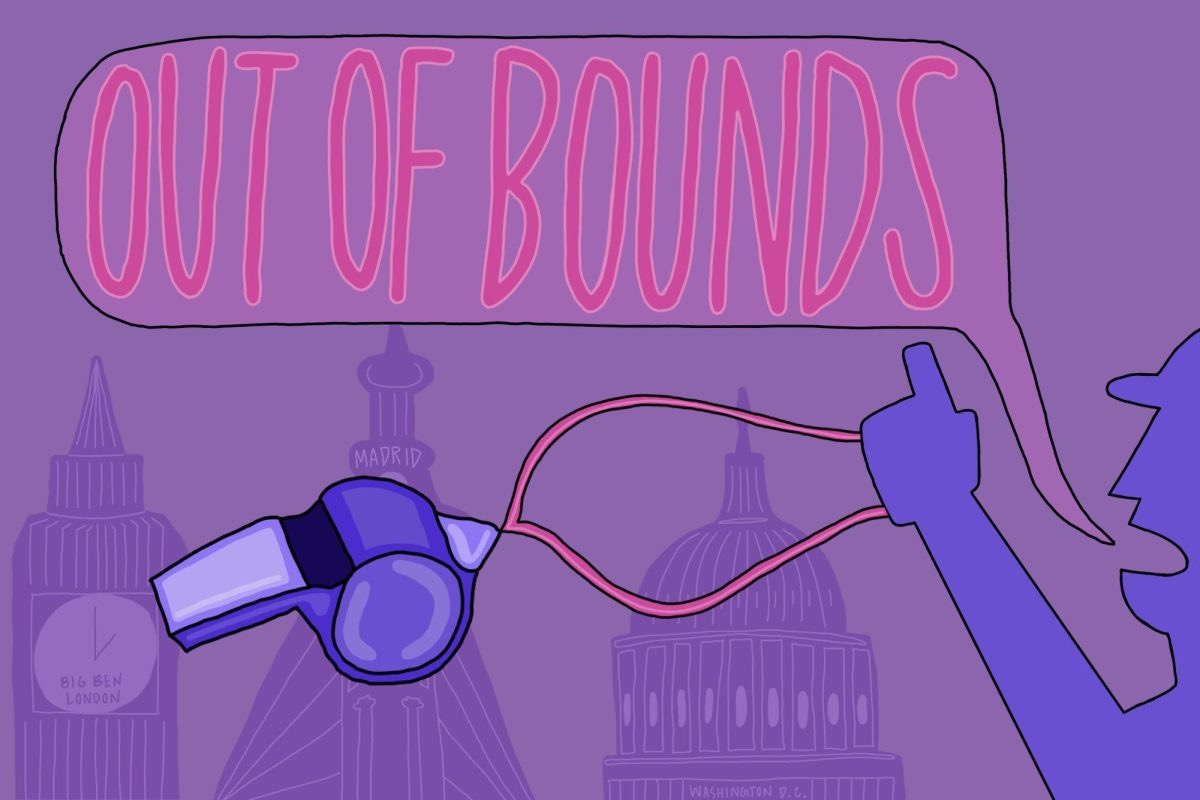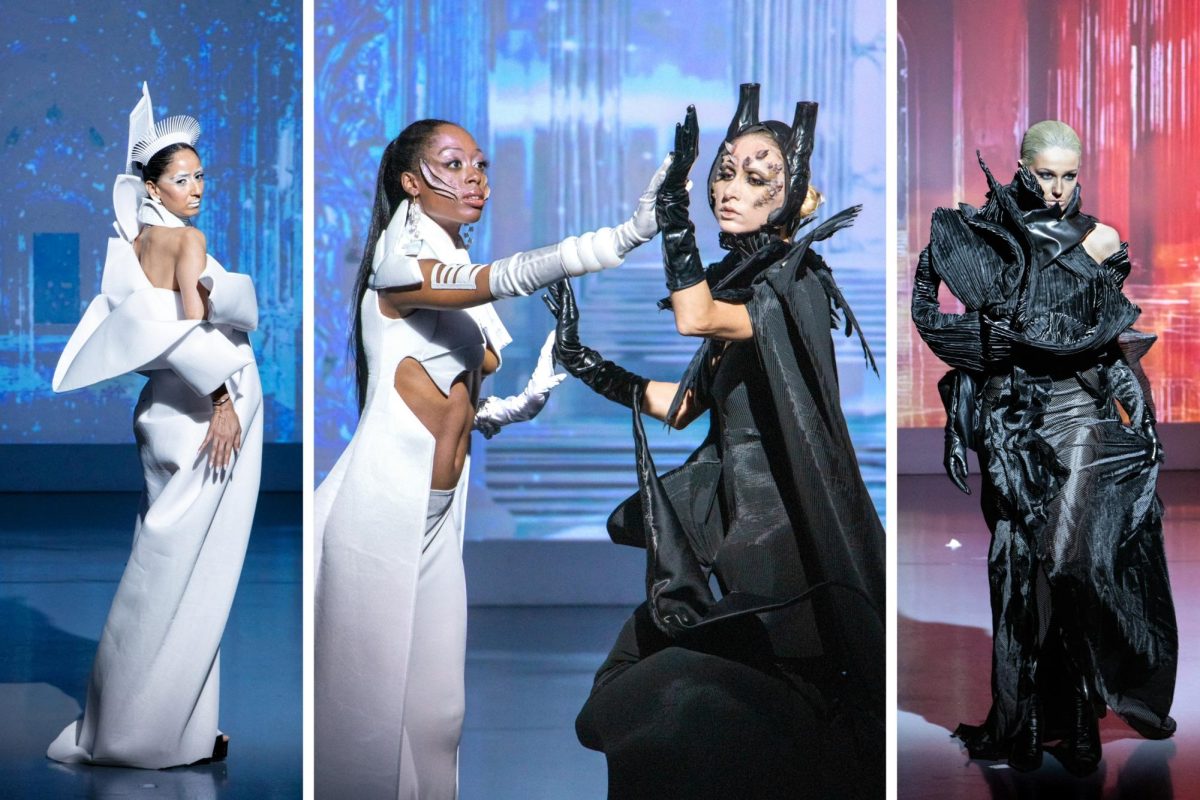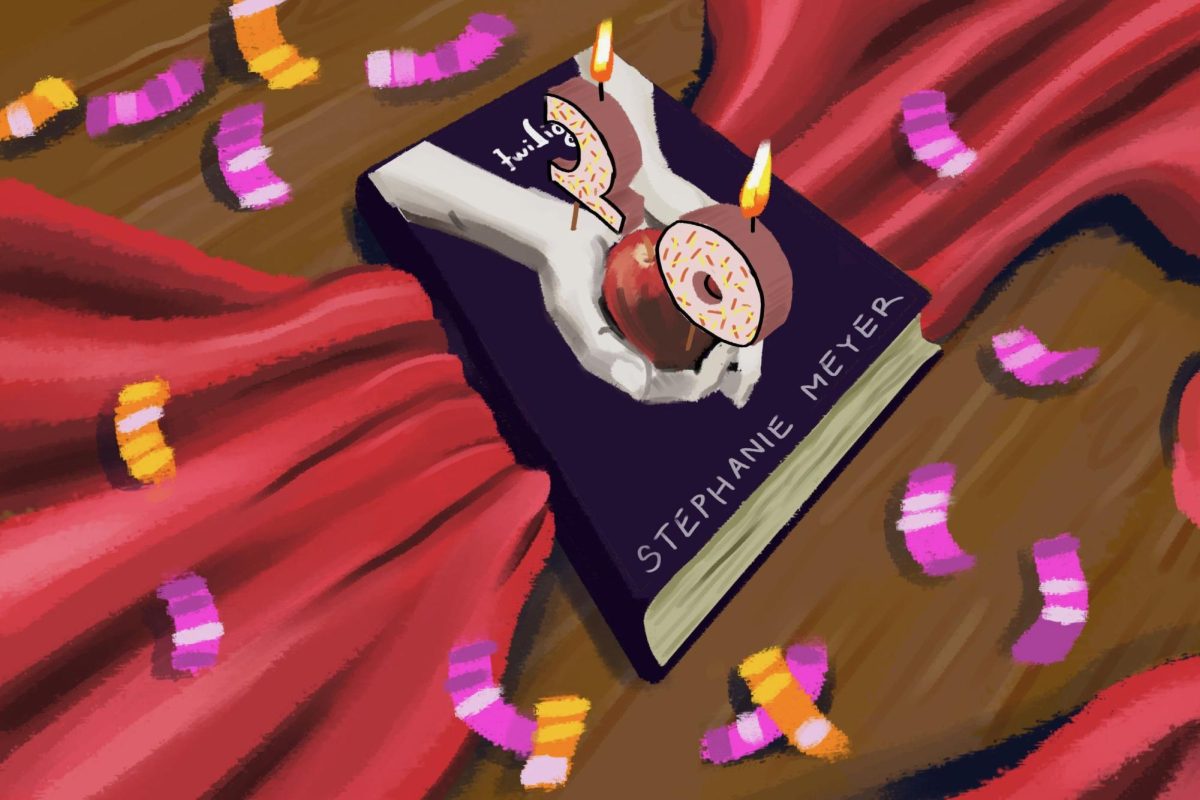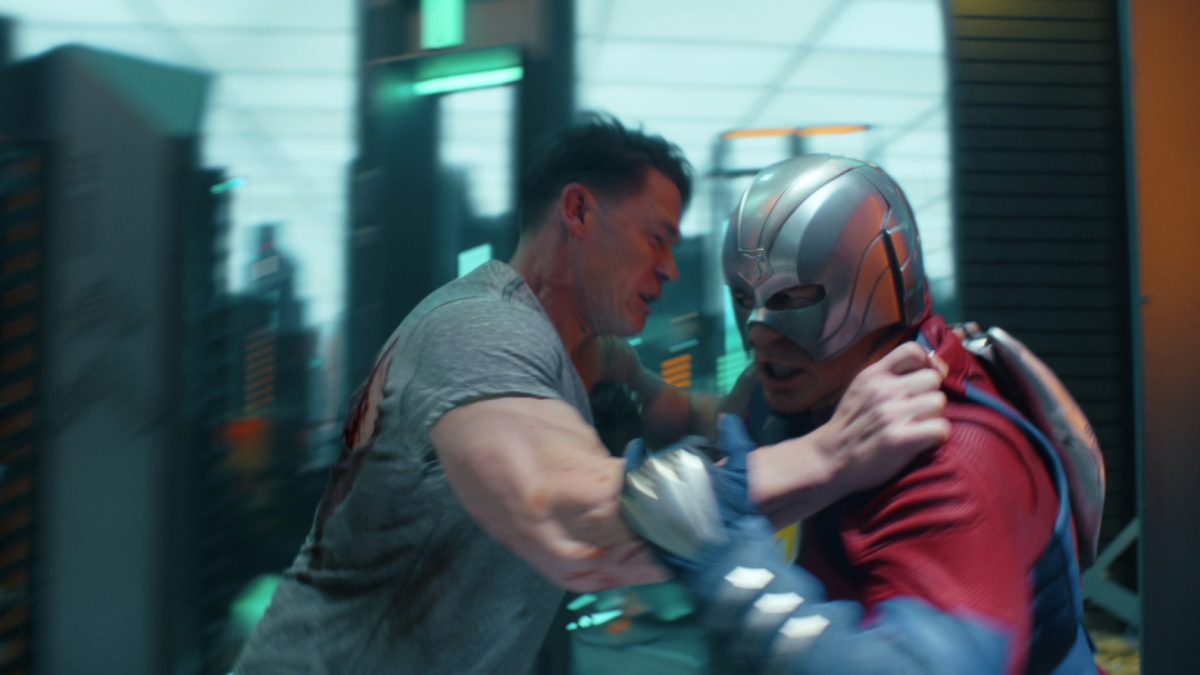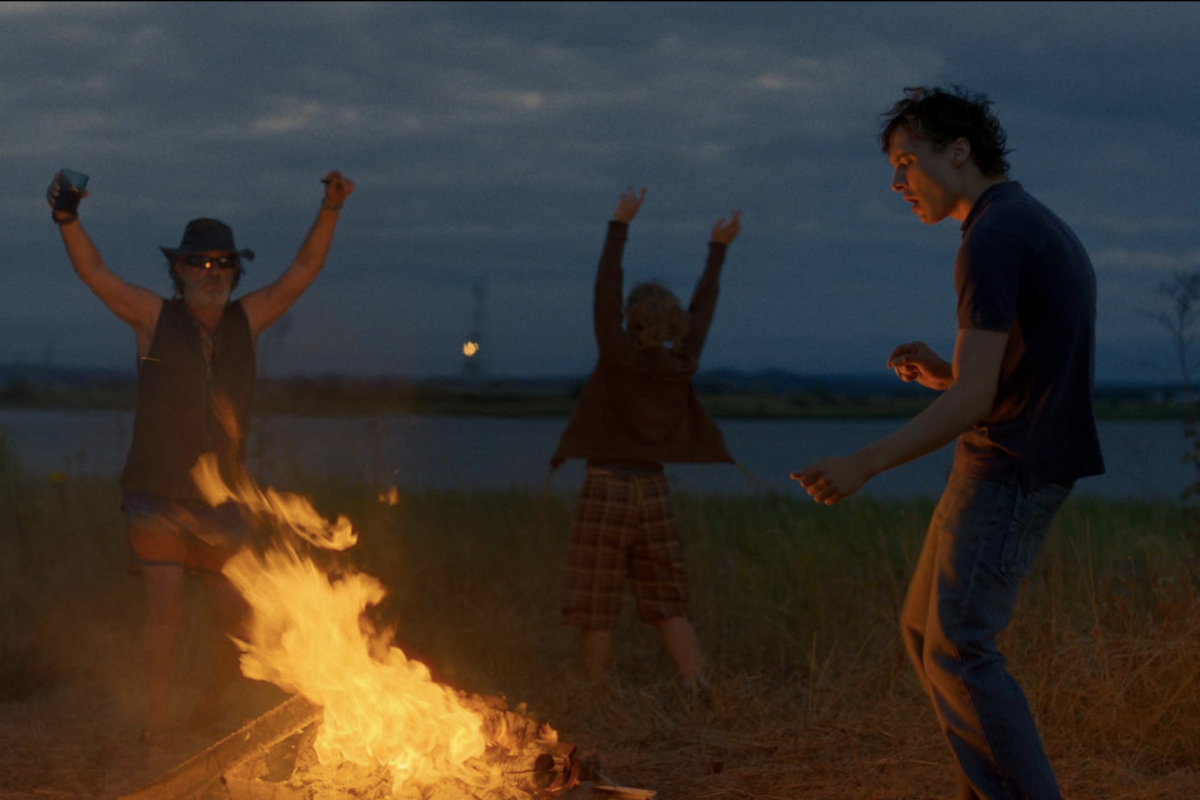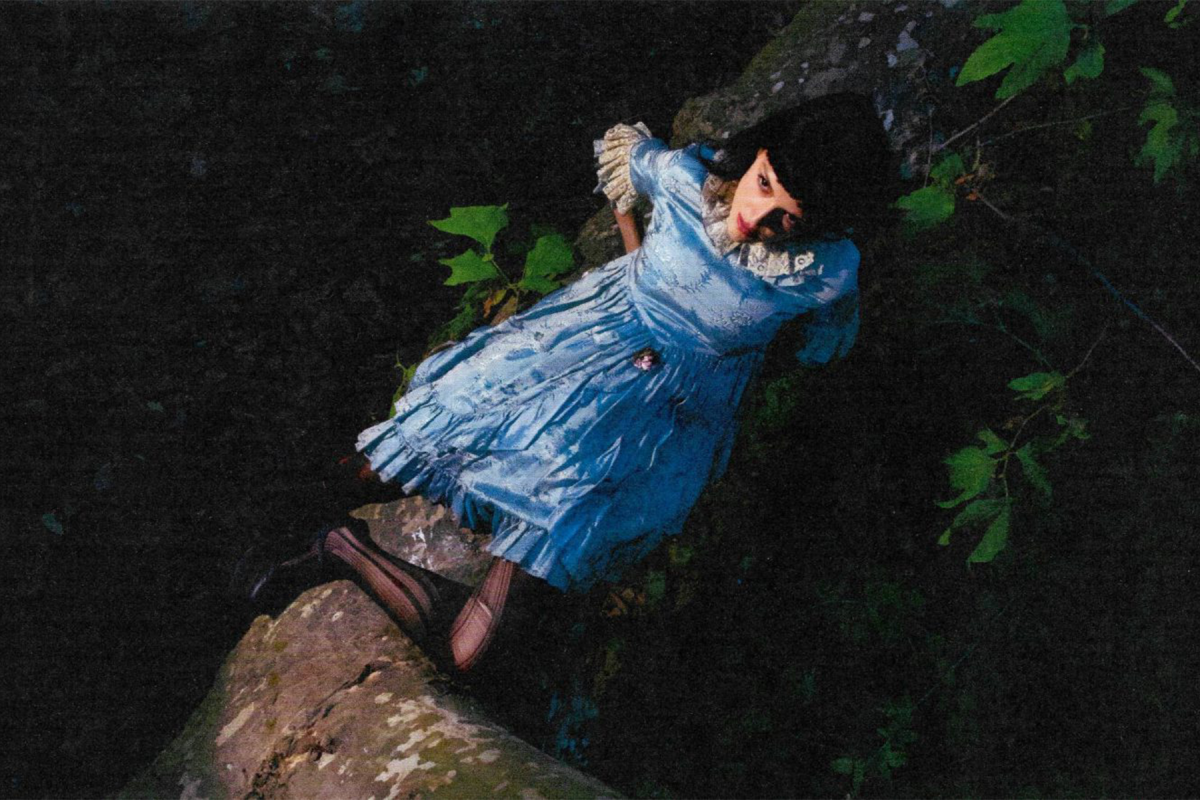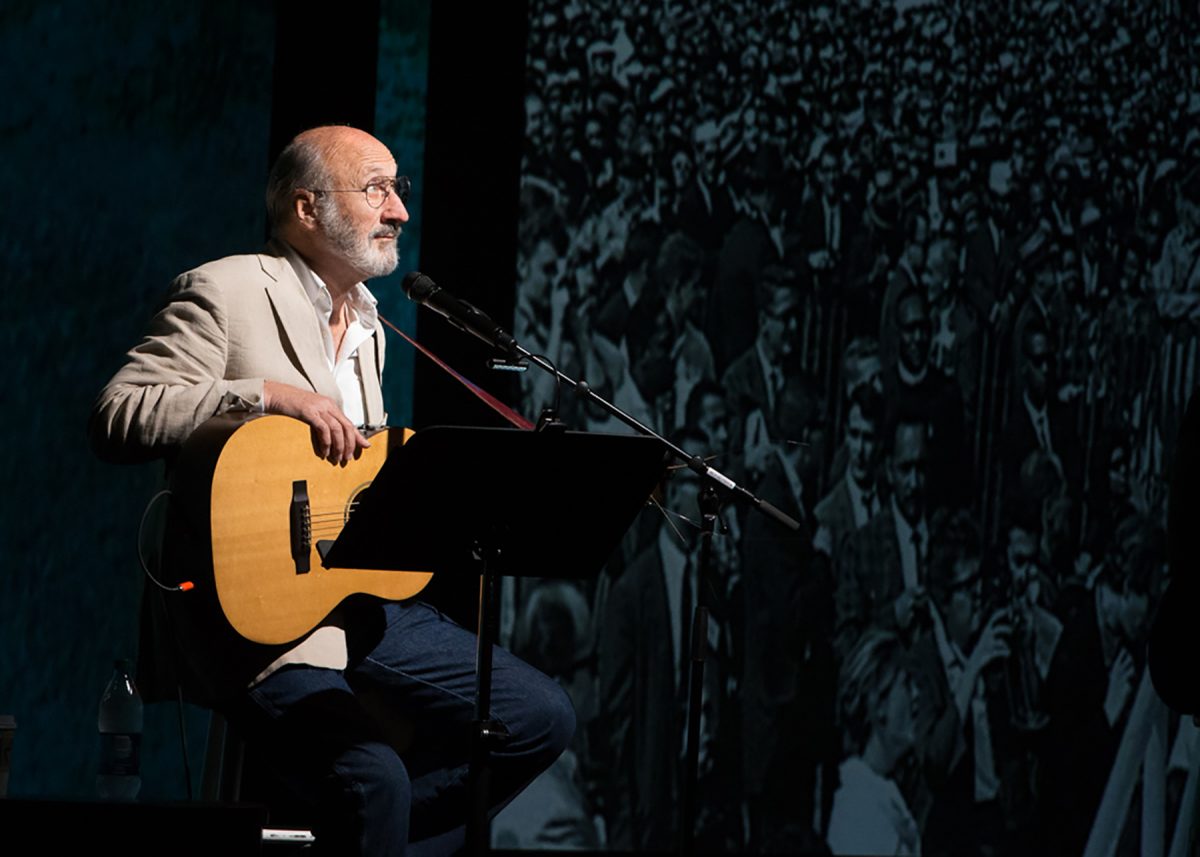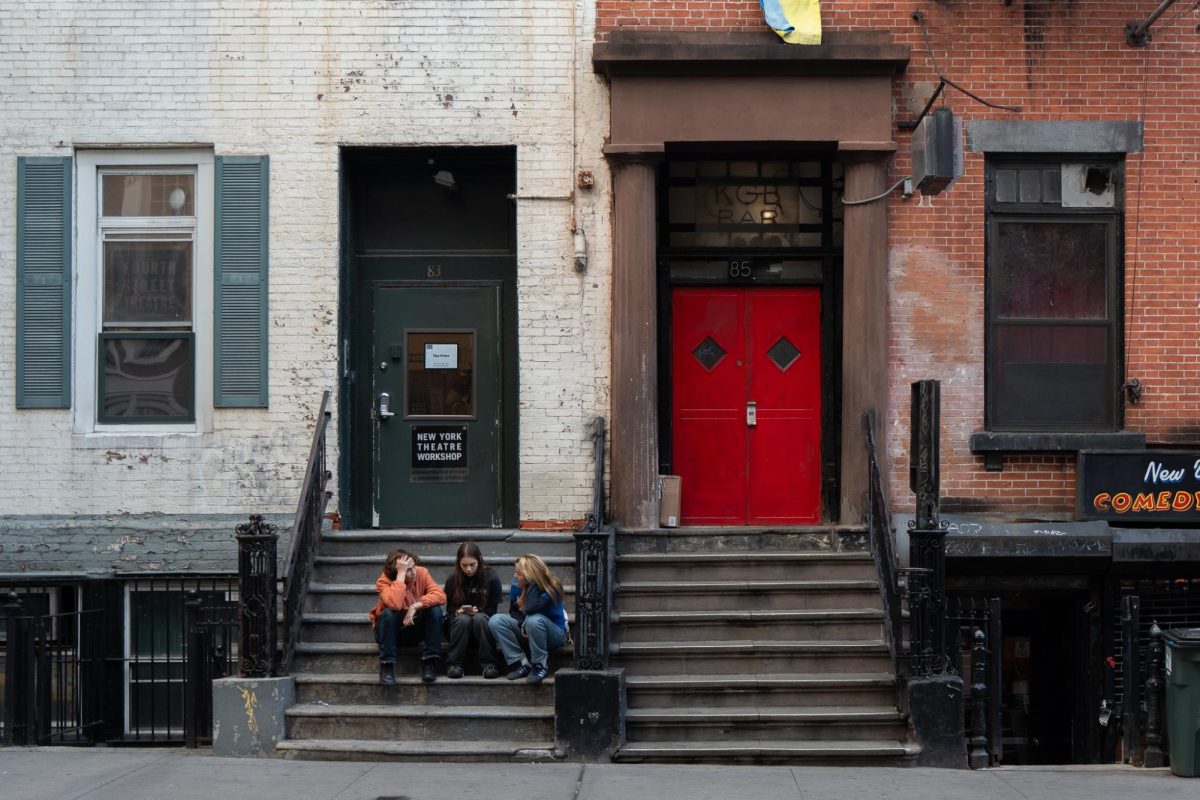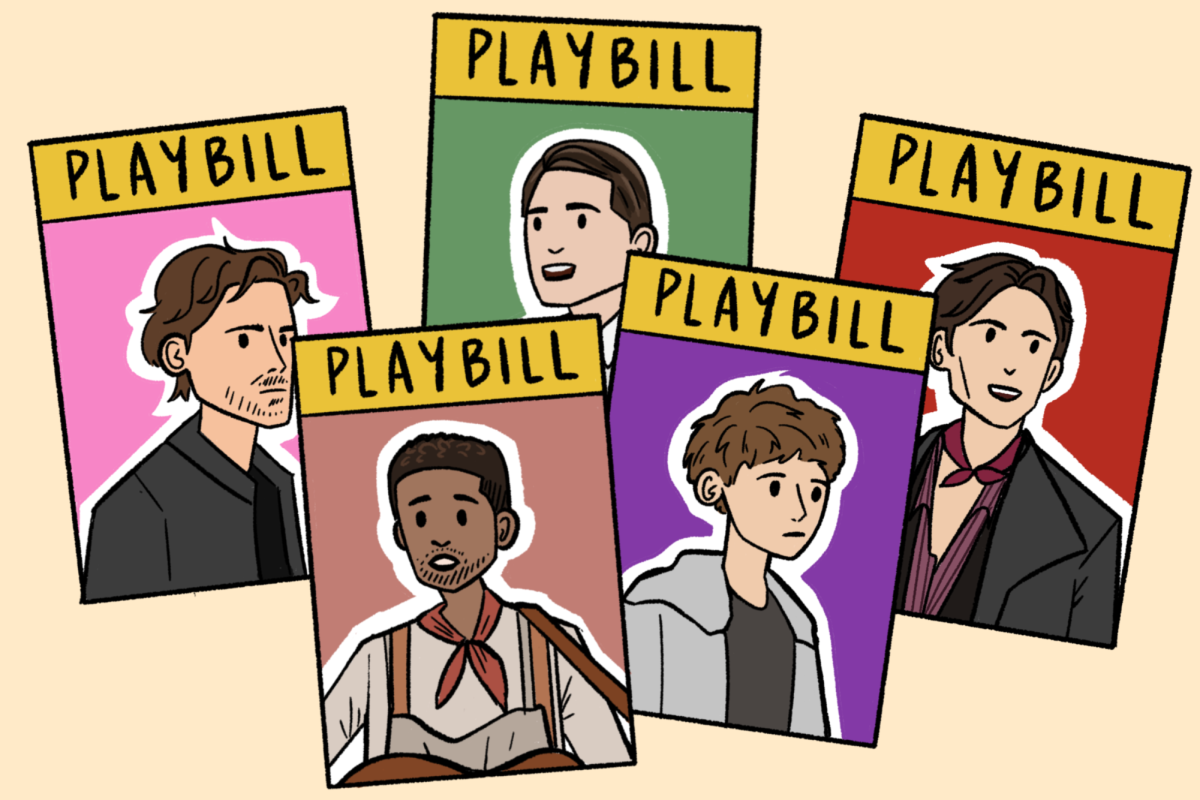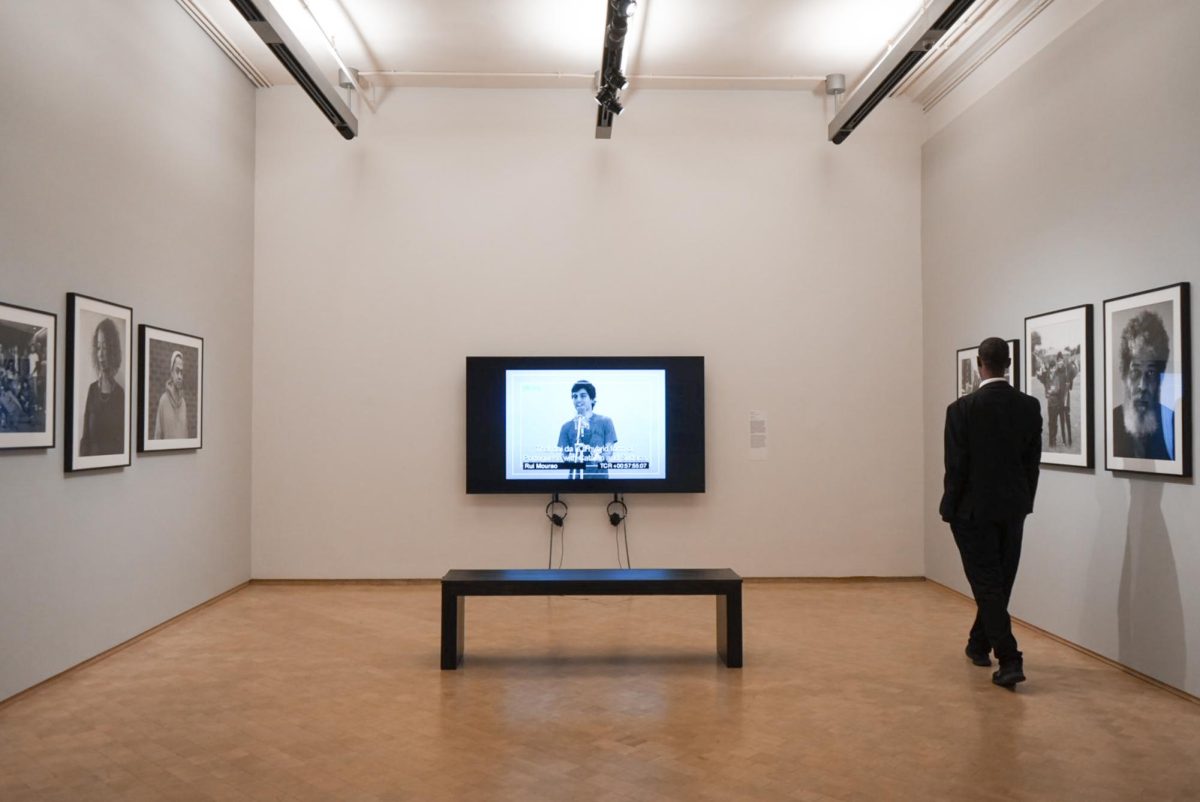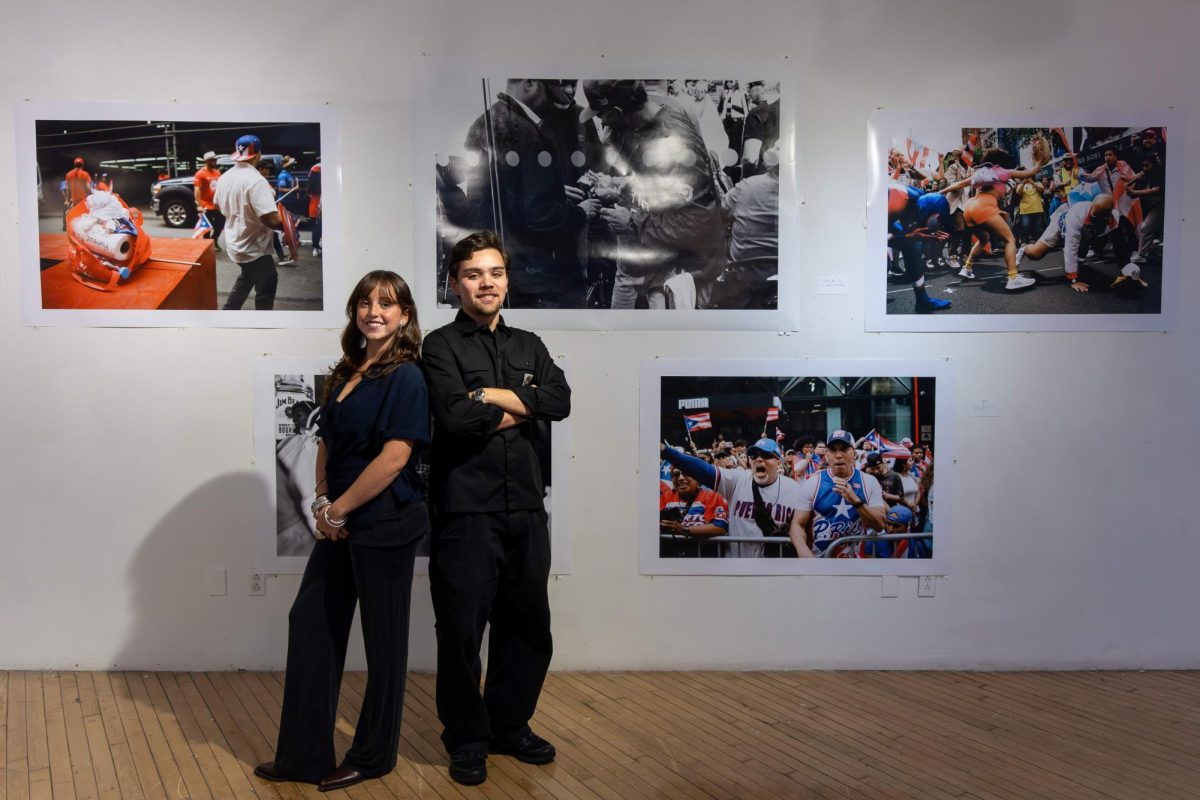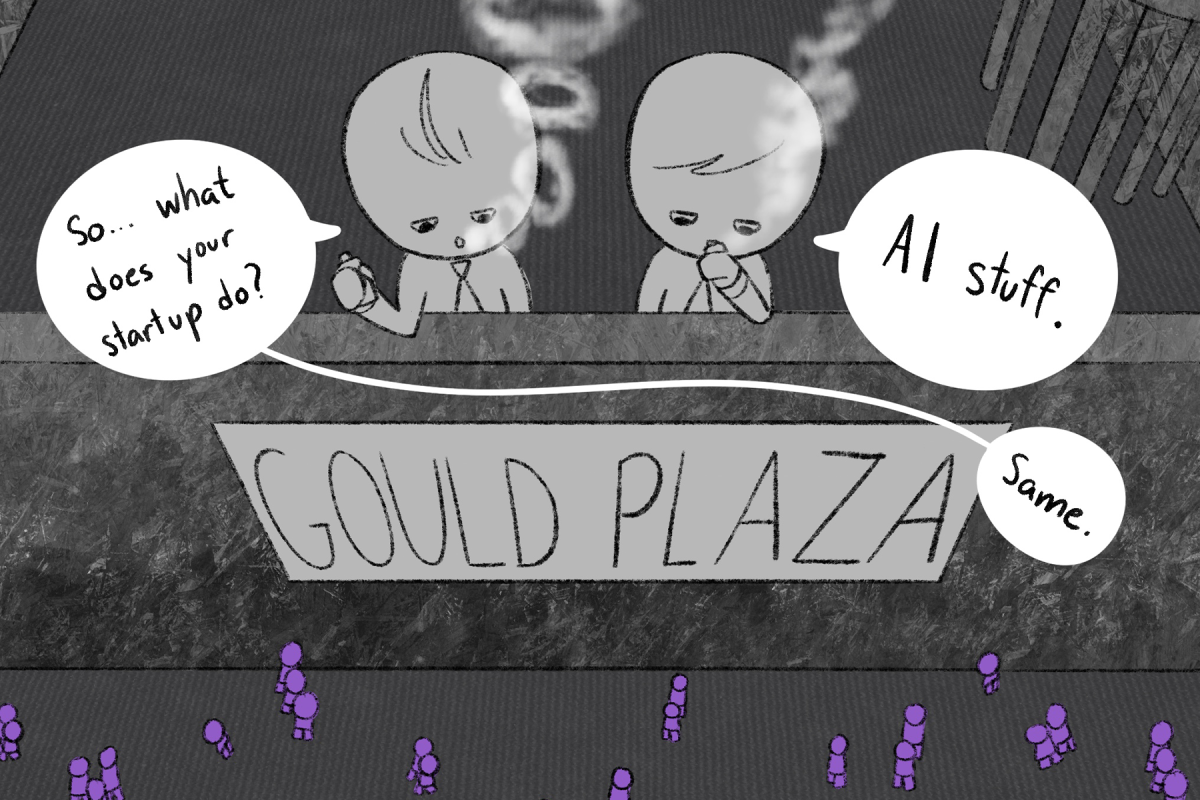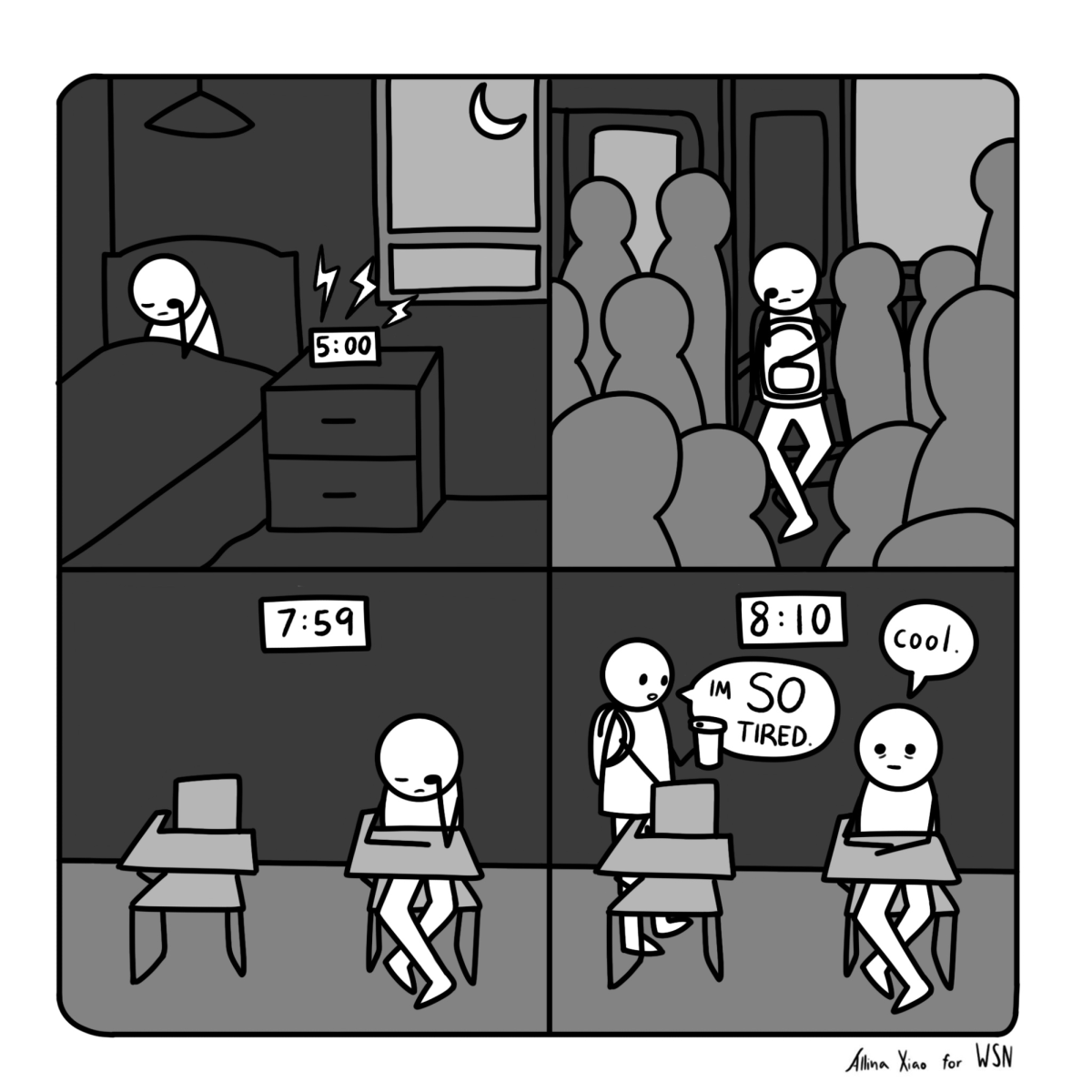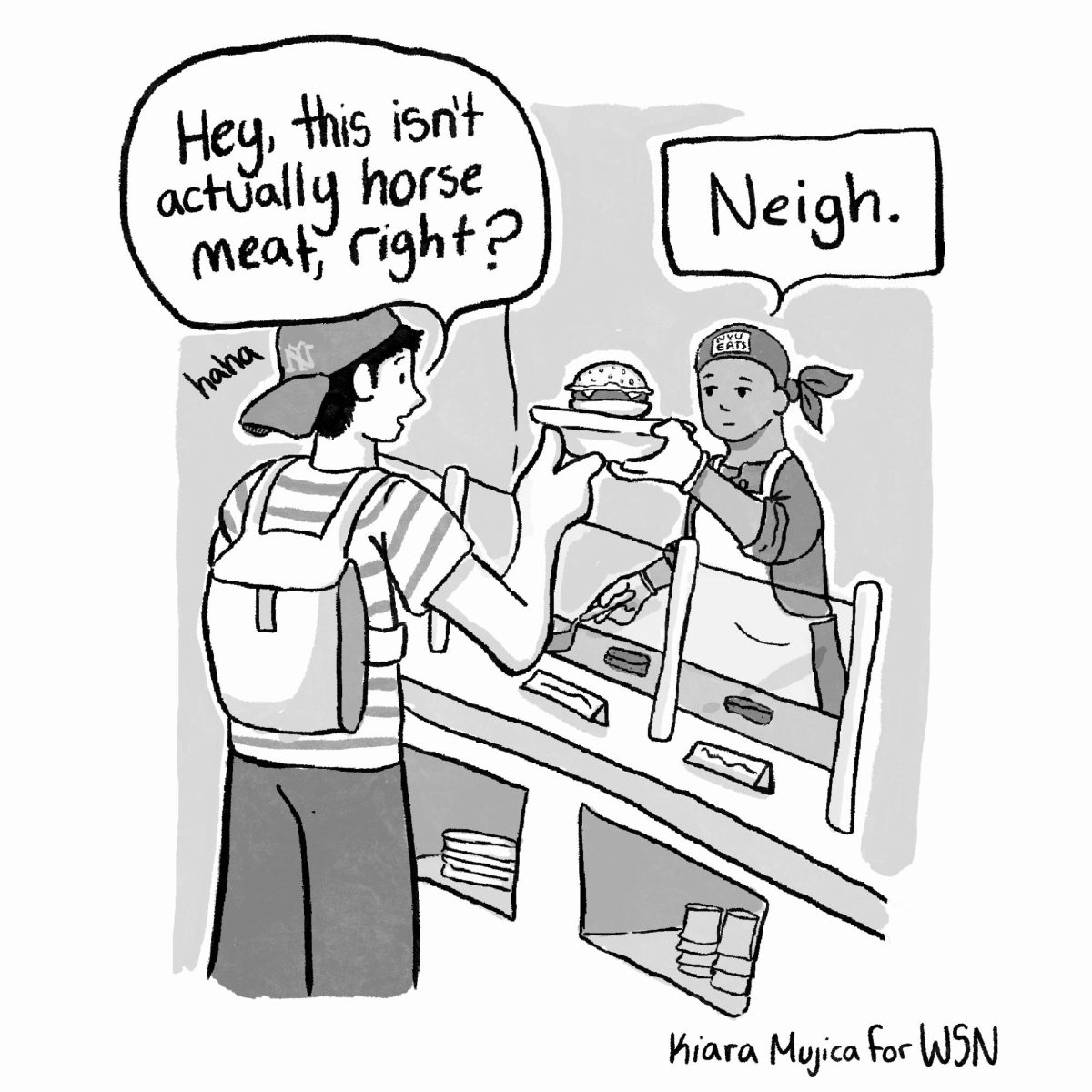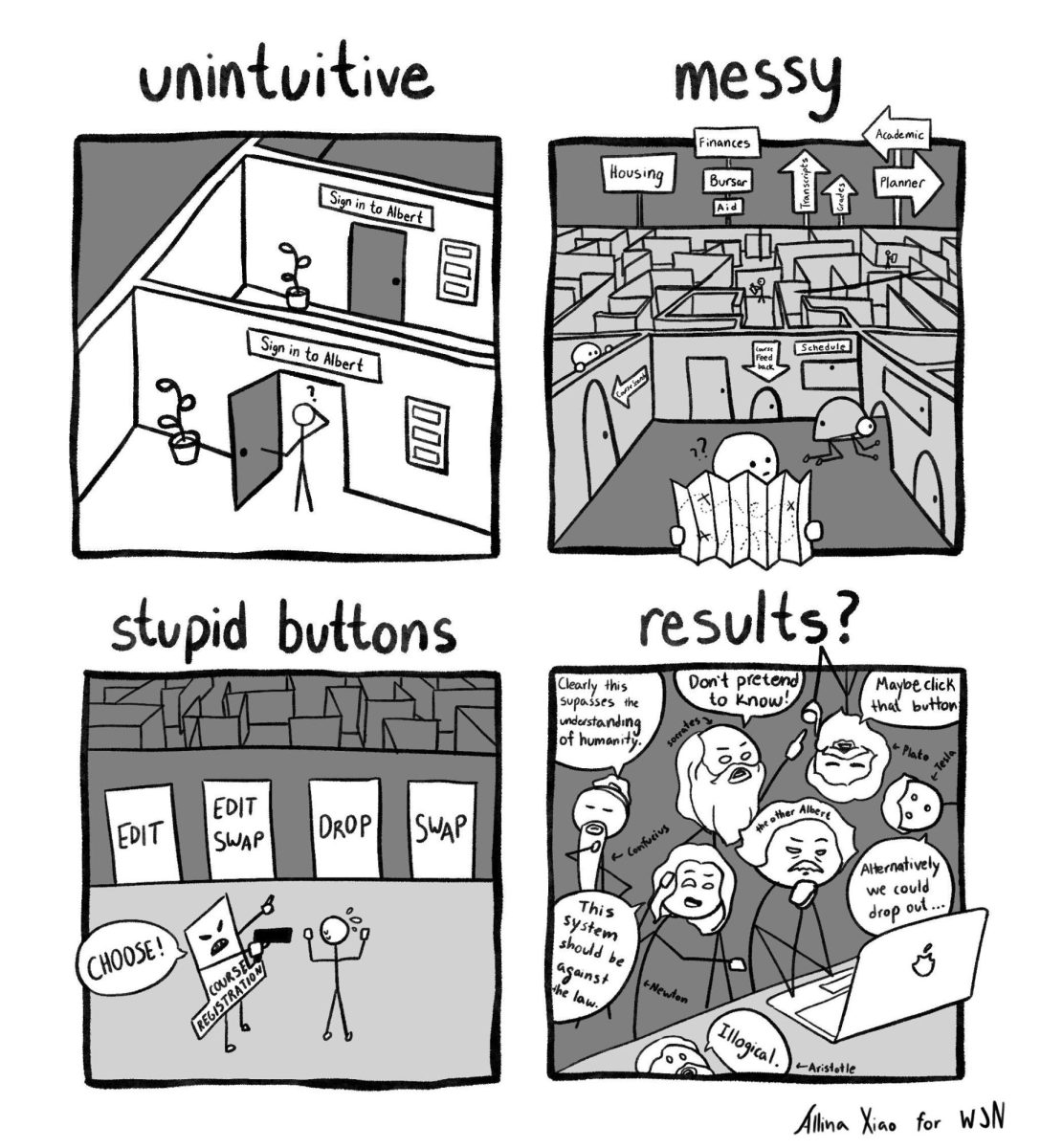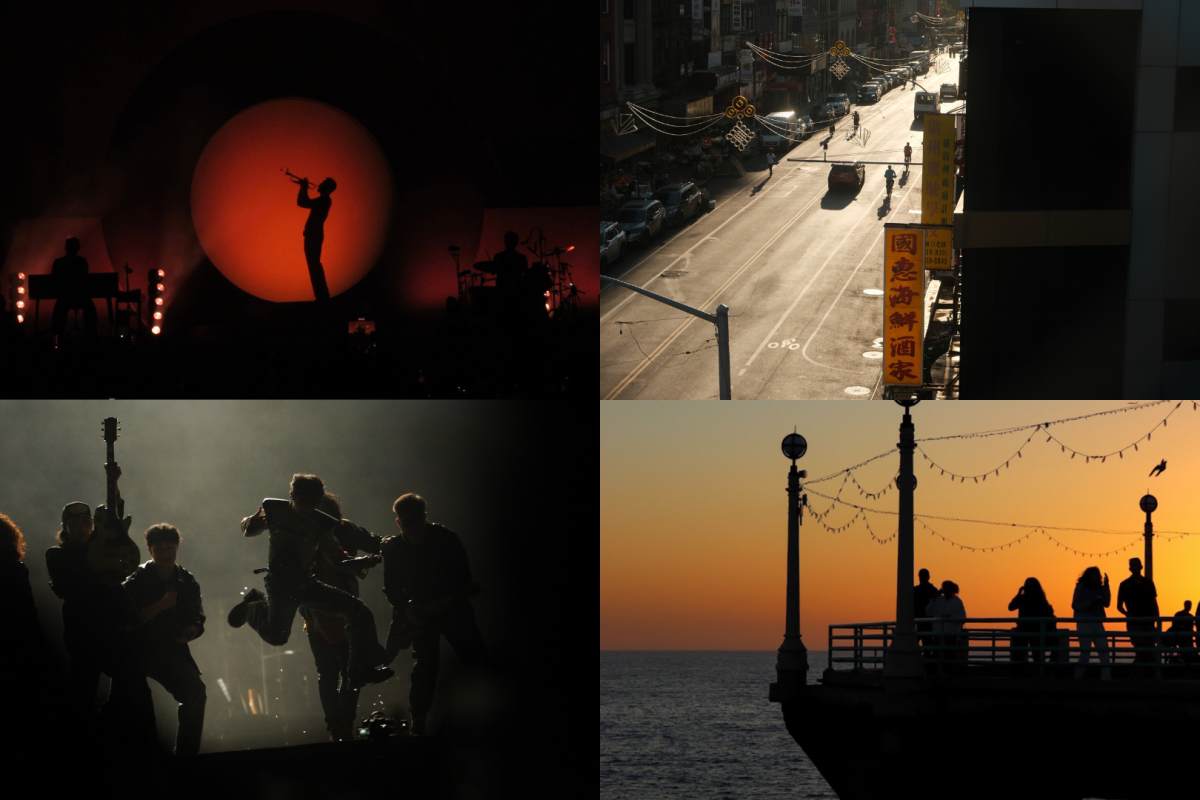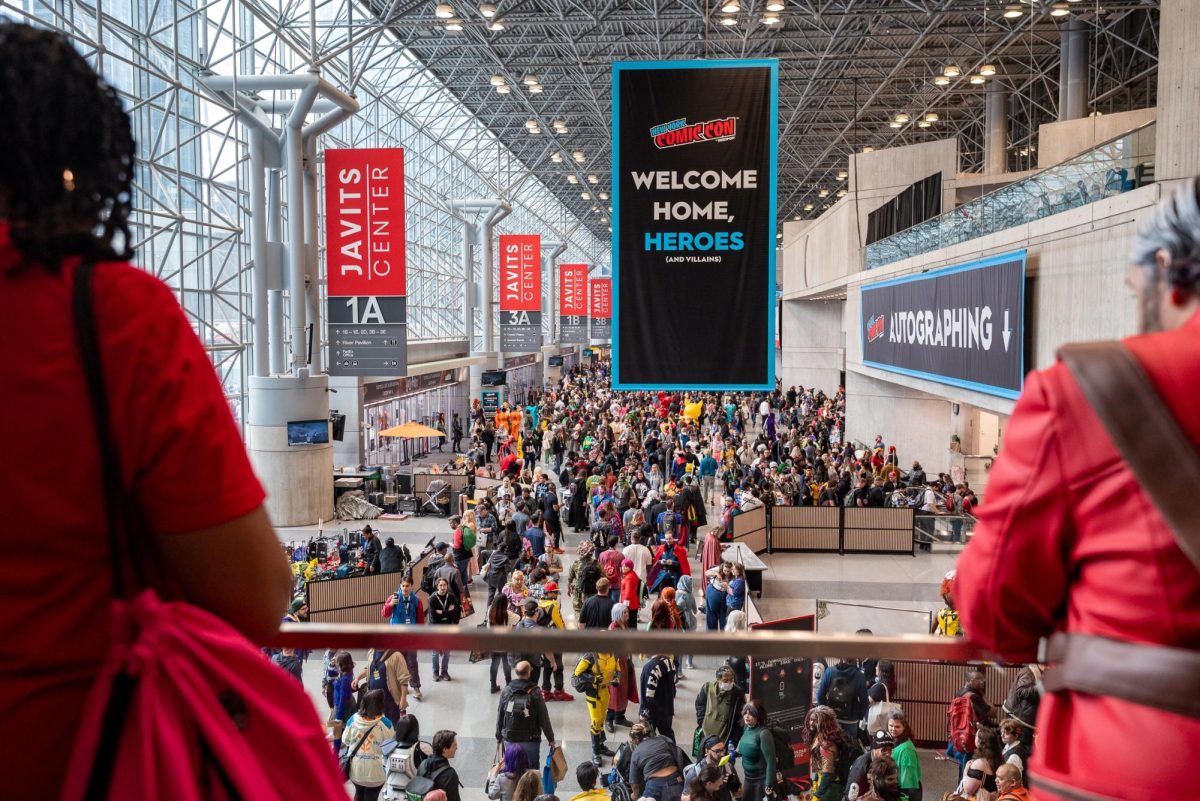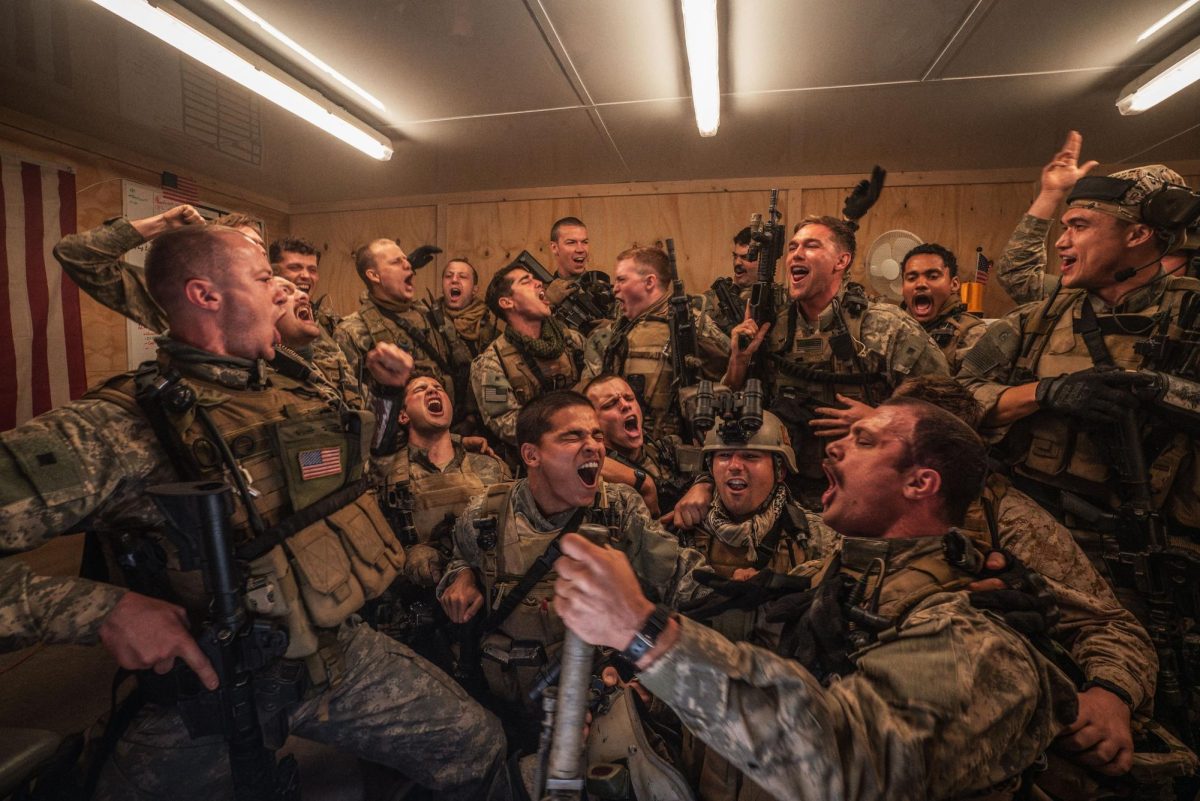This review contains spoilers.
War movies are a staple in American cinema. From “Saving Private Ryan” to the “Top Gun” franchise, themes of patriotism and resilience often leave American viewers with a sense of triumph. “Warfare,” written and directed by Iraq War veteran Ray Mendoza and Alex Garland, does the exact opposite — and thank god for that.
In “Warfare,” Ray recreates a mission he and his platoon encountered on Nov. 19, 2006, during the fallout of the Battle of Ramadi, a fight for control of the capital of Al Anbar Governorate in western Iraq. The platoon engages in house-to-house fighting, taking possession of an Iraqi family’s home. Tensions rise after two men are severely wounded and the platoon is forced to fight off opposition while waiting for delayed transport out of their battle zone. The movie is solely based on the memories of Mendoza and his platoon, and, following the movie’s title card, the events of the mission are presented in real time.
The film opens with Ray’s platoon watching the music video for the song “Call on Me” by Eric Prydz. The young men jostle each other as they watch attractive women dance on screen, hyping themselves up for their next mission. The brief scene instantly humanizes the platoon — although short, it gives a glimpse of the men’s personalities when not in combat. This creates a stark contrast when the film cuts to the men trudging through a quiet Iraqi village, strapped with weapons and filled with palpable anxiety.
The film’s sound design captures the visceral realities of war. Void of any music — except for the music video in the beginning — “Warfare” is packed with natural sound, from raining bullets to disoriented shouting. Sound designer Glenn Freemantle played with the movie’s sound mixing, especially in a scene where Ray (D’Pharaoh Woon-A-Tai) is inundated with radio correspondence. Utilizing spatial audio, the scene feels as if the audience is wearing Ray’s headset, as overlapping messages come from both the left and right speakers.
The film goes in and out of full sound, with periods of fuzzy, muddled audio. When Sam (Joseph Quinn) is caught in an improvised explosive device blast, the film goes silent, capturing his disorientation. Sam’s confusion is replaced with unbearable pain as his injuries catch up to him. He snaps back to reality, and the audio comes in at full force, blasting his stomach-turning, blood-curdling screams. The audio places the audience in the middle of a war zone, forcing them to face the horrific truths of combat.
Many of the movie’s stars, including Quinn, Kit Connor, Charles Melton and Woon-A-Tai, are best known for their appearances in young adult or teen programming. Connor made his name playing a tenderhearted bisexual heartthrob in the Netflix series “Heartstopper,” while Melton is often reduced to his time on “Riverdale.” These conventionally attractive young men may lure audiences in, but their acting is completely detached from previous roles.
Playing newbie Tommy, the audience watches the light drain from Connor’s eyes after a traumatizing grenade blast. As Ray, Woon-A-Tai breaks down while watching his friend Sam bleed out on a living room floor. Melton’s character, Jake, steps up as the platoon leader when Will Poulter’s character, Erik, is paralyzed with fear following the IED blast. These Hollywood heartthrobs embody the trauma and bonds of brotherhood that Mendoza’s platoon experienced during on-the-ground combat. Their skilled acting can be attributed to the boot camp that all the actors attended, where they learned the ins and outs of Navy SEAL combat and created deep bonds with one another.
The film does a beautiful job of honoring the 4,492 killed and 32,292 wounded U.S. service members in Iraq and simultaneously acknowledges that their service led to the deaths of over 200,000 Iraqi civilians. When the men take over the house and make it into a military base, audiences see the fear and frustration of innocent Iraqi civilians, forced to turn over their homes for combat. They are forced to stay in a single bedroom as Navy SEALs exchange bullets with surrounding homes, watching their family portraits fall off the walls and their furniture be used to create a sniper outpost.
The film ends with a family emerging from their crumbling home. “Warfare” reminds us that the Iraq War, with the supposed mission of freeing the Iraqi people and championing human rights, destroyed the lives of countless Iraqi people. Following the battle, both the soldiers and citizens are traumatized, but the difference is that the surviving soldiers are loaded into a tank and driven away — in war, the civilians are left to pick up the pieces.
In a world plagued by division and conflict, “Warfare” serves as a cautionary tale. The film is not an obnoxious display of patriotism or government-funded war propaganda. Showing uncensored portrayals of chaos, bloodshed and trauma, the movie is a reminder that when it comes to war, there are no winners, only survivors.
Contact Annie Emans at [email protected].


